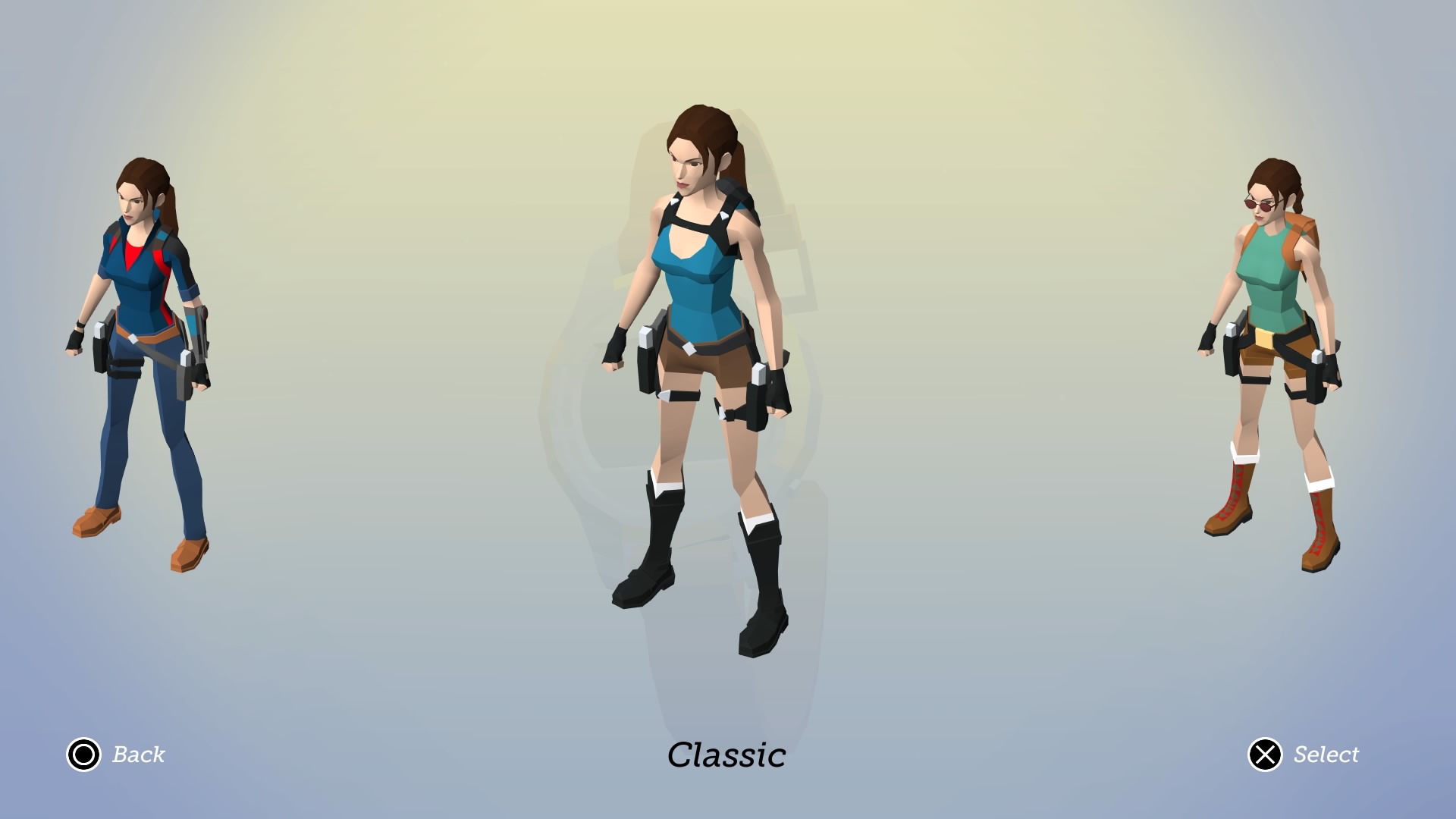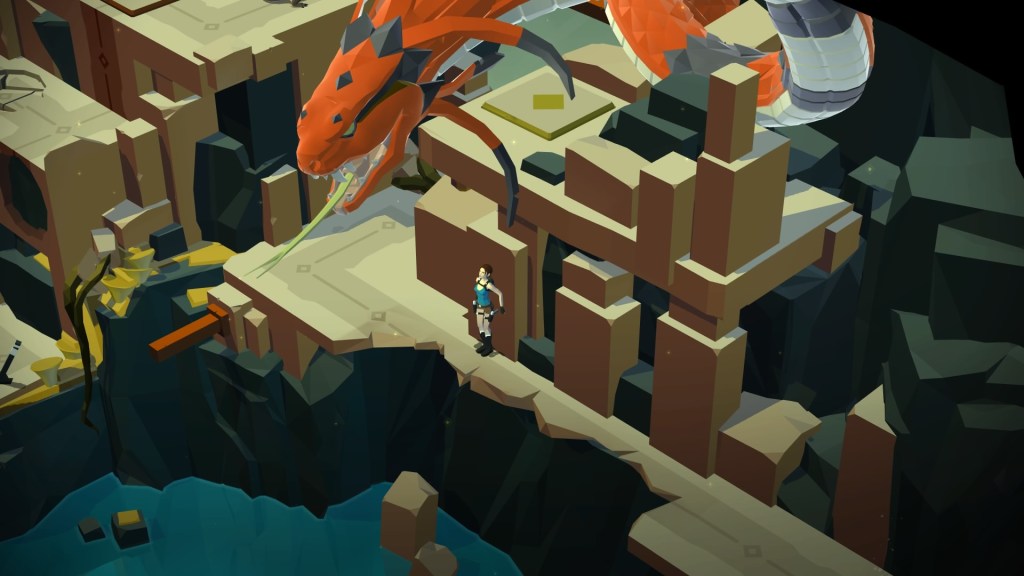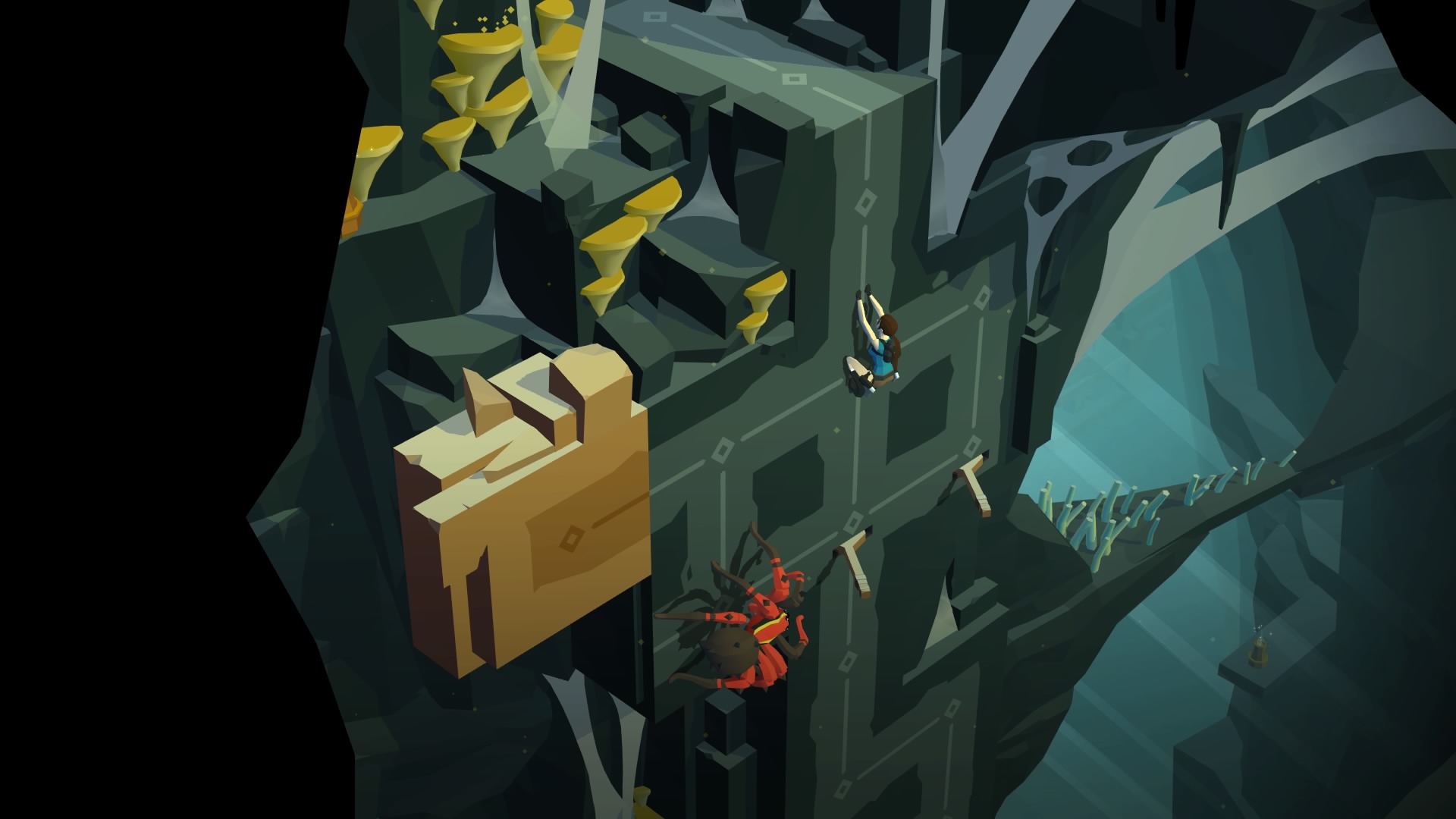
Lara Croft is one of those gaming icons that has stood the test of time. Sure, she has had an off game or two, but since the successful reboot of the Tomb Raider franchise back in 2013, Square Enix has hit two home runs in a row. So when it was surprise announced at PSX that the previously mobile-centric Lara Croft GO was coming to PlayStation 4 and Vita, I couldn’t help but get excited. Has Lara managed to accomplish the trifecta of successful new releases? If the game’s previous mobile incarnation is any indication, PlayStation gamers are in for a treat.
Scratches the Itch
It’s very rare that I get the feeling that a game was made specifically for me. Every once in a while a game comes around that so perfectly syncs up with your gaming preferences that it checks all of the right boxes, at just the right time. For me, Lara Croft GO is that game. The deliberate pacing and cerebral design meshed perfectly with the unforgiving action and intense moment-to-moment gameplay, in a way that can only be described as sublime. As a guy who likes his puzzle games with plenty of substance, this fits the bill in spades.
You don’t have to be a veteran of former Tomb Raider installments in order to appreciate what this decidedly different title brings to the table. The progression of the core campaign and its subsequent expansions do a fantastic job of introducing the player to the mechanics, while also not overwhelming newcomers with too much information. I can personally admit to not being the biggest fan of the actual core franchise. Thankfully, aside from the setting and mild combat mechanics, there is very little that would actually tie the game to its predecessors. All the player truly needs to do is be observant and follow cues, and everything else explains itself rather organically, without ever needing to utter a single syllable of narration.
Lara is on a mission to uncover untold secrets, lost to the sands of time. It is up to the player to help guide her through countless catacombs and lairs, in search of the ultimate prize. What that prize actually is, however, remains fairly unclear due to the absence of any concrete narrative. But really, who need a fully fleshed-out story when the gameplay speaks for itself? In the case of Lara Croft GO, you just need to suspend logic and go with the flow of a campaign. Plus, when you consider the game’s mobile lineage, this glaring absence makes a bit more sense. Throughout the course of her several expeditions, Lara will be pushed to her limits by challenging logic puzzles, numerous instances of melding pinpoint timing with mild platforming, and a little bit of trial-and-error mixed in, just for good measure.
Always Something New
The actual act of traversing each map is fairly straightforward. The goal is to make it from the entrance to the exit, while not kicking the bucket in the process. Despite this sounding simple on paper, the enemies and obstacles that are placed in Lara’s way have other plans. A perfect example of this are the animals, many of the death-dealing amphibian variety, that cannot be attacked head-on. Essentially every adversary has a similar quirk that feeds into the puzzle mechanics. In the case of snakes, players need to attack from either behind or the side, in order to avoid its venomous strike. Killing can be done any number of different ways including using the environment against the character, hurling javelins from long distances, or simply a double-tap to the temple.
Standard adversaries are also assisted by the help of other, much larger, boss-style enemies. In these cases, the methods in Lara’s standard arsenal simply won’t cut it. Instead, players must use wit and deception to trick the beast into hurting itself, thereby clearing the path to the exit in the process. And this is just the tip of the mechanics iceberg. Each additional chapter introduces a handful of new wrinkles to the core formula, which helps to keep things both fresh and continuously challenging.
Each stage is comprised of a series of rooms, complete with some form of entrance and exit door way. Once the player has cleared a given room, the path behind them is blocked, and the next room is revealed. Only though clearing several areas in succession, can an actual stage be cleared. If Lara meets her untimely demise at any point, she is then returned to the entrance of the room. Given how often she will be biting the dust in later stages and throughout the expansions, this checkpoint system feels more than fair. Players that are closely paying attention to the map design may even notice that in the background of the rooms they are currently in, they can sometimes see either upcoming or recently cleared rooms. Those that are observant enough to notice nuanced design choices like this will also have a field day searching for the handful of collectibles ferreted away throughout each map. This makes total sense considering that Lara is, above all else, a treasure hunter.
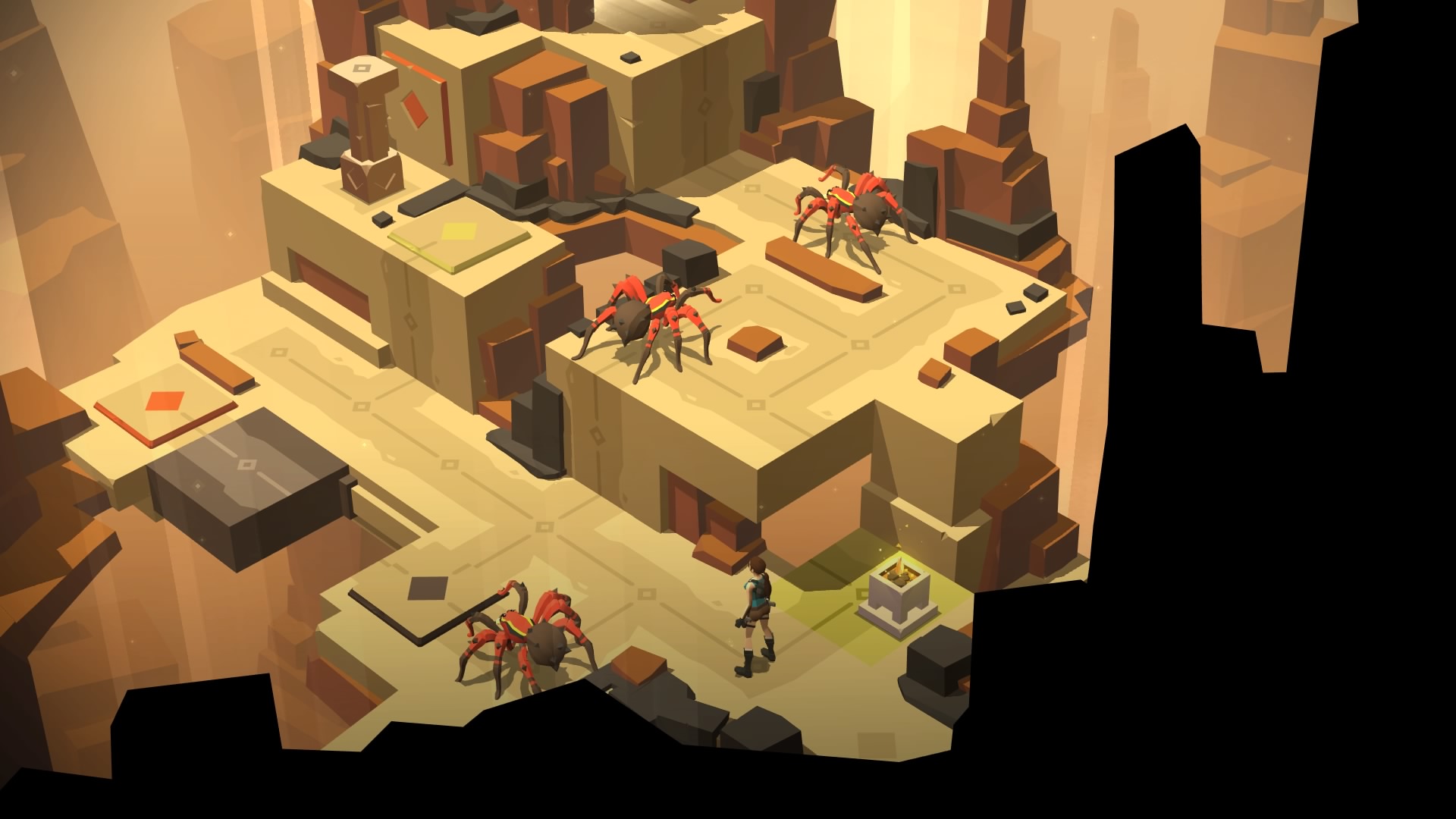
Similar, Yet Different
The visual style and overall art aesthetic, while borrowing heavily from the Tomb Raider franchise, has very much the same artistic fingerprint as early 2016’s Hitman GO. Some of the primary similarities include the very deliberately paced, puzzle-centric stage design and the navigational grid that cannot be deviated from at any point. Though there are plenty of other similarities, it’s almost more interesting to delve into the differences, instead. Where Hitman chose to utilize characters with a more board game-esque design, complete with smoothly rendered non-posable character models, Lara Croft instead opts for character models with a more polygonal design, complete with full animation cycles. Additionally, this newest installment features stages with a cel-shaded aesthetic, as opposed to Agent 47’s sterile, almost institution-like design. Each game definitely has enough in common to co-exist inside of the same GO universe, but Lara Croft GO goes above and beyond to establish its independence from its predecessor.
If there were one true negative to Lara’s most recent quest, it would be the game’s overall lack of replayability. Yes, there are the collectibles that were mentioned earlier, but that doesn’t do near enough to encourage a replay for those that haven’t fallen victim to the dreaded “trophy hunter virus.” Once you have completed a stage and understand its specific quirk, there is nothing worth revisiting. That said, if you once again look at the product’s initial mobile design, this choice begins to make more sense. It is just unfortunate that it wasn’t addressed before the game made its way to home console.
If you couldn’t tell from my last bit of criticism, I am legitimately grasping at straws when trying to find negative aspects of Lara Croft GO. In a year that has been jam-packed with quality releases, this is an experience that can hold its own. You genuinely owe it to yourself to give this game a try, regardless of whether or not you are a Tomb Raider fan. It is just that good. And when you consider that the game costs less than a ten spot, this purchase should be a no-brainer. Give Lara a chance and you will not be disappointed.
Review code for Lara Croft GO provided by publisher. Reviewed on PS4 Pro. For more information on scoring, please read our Review Policy here.
-
Extremely interesting art design
-
The constant introduction of new mechanics helps keep things constantly fresh
-
Puzzles are always challenging, but never overwhelming
-
Plenty of gameplay for a mere $9.99
-
A concrete narrative is nowhere to be found
-
There is very little reason to replay any stage that has already been completed.
Lara Croft GO Review
-
Lara Croft GO_20161205203320
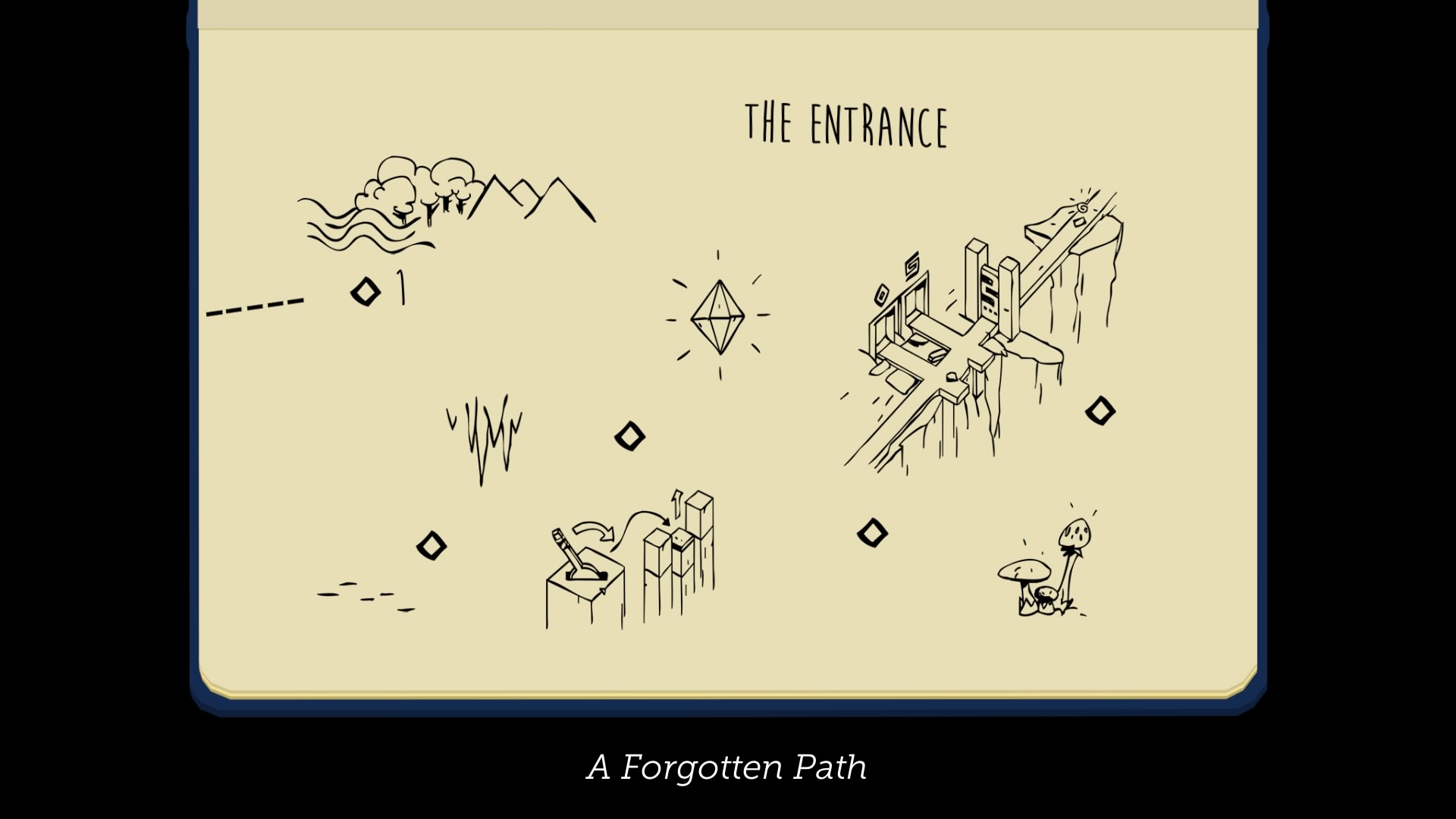
-
Lara Croft GO_20161205203349
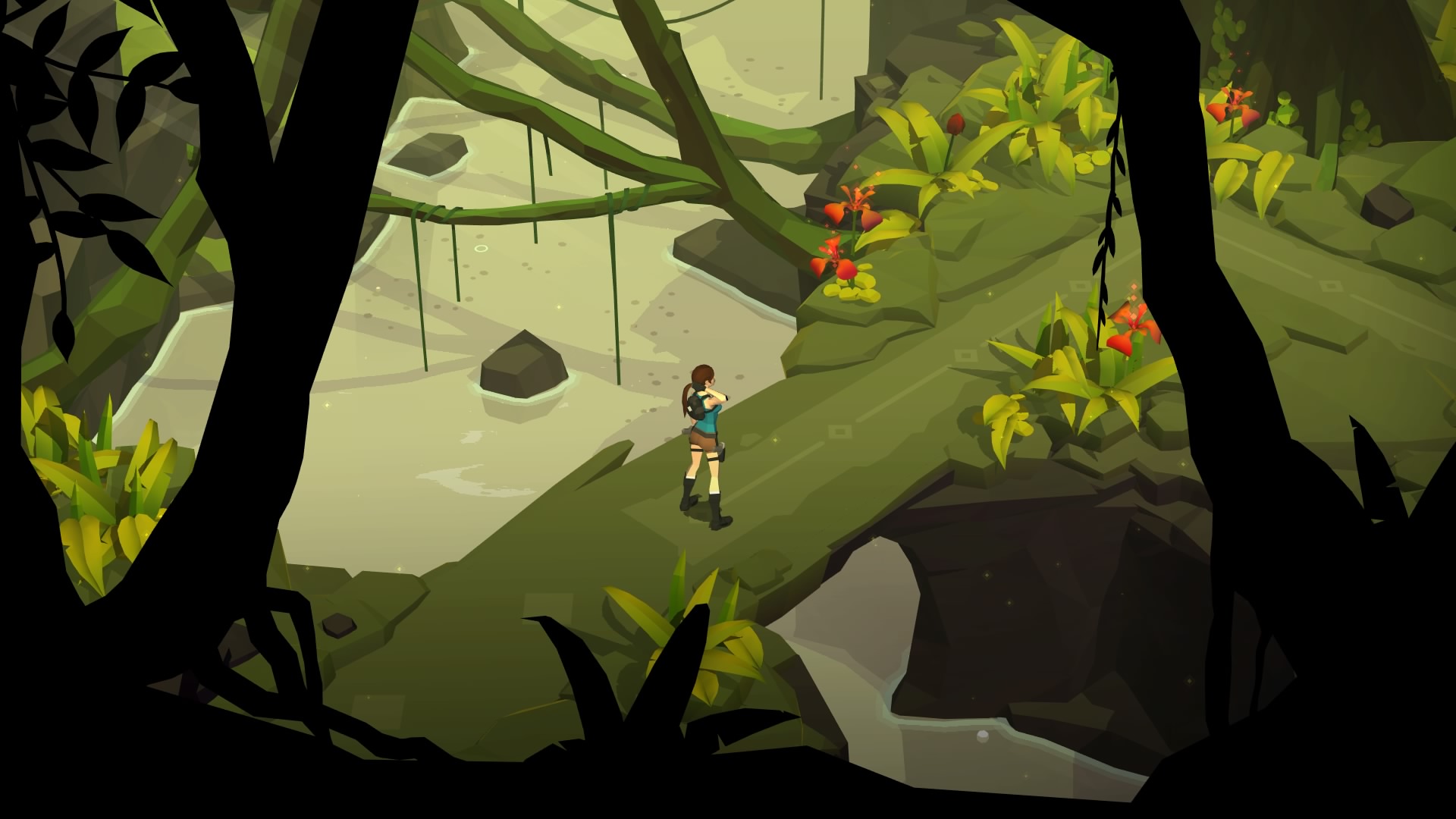
-
Lara Croft GO_20161205203842

-
Lara Croft GO_20161205203858
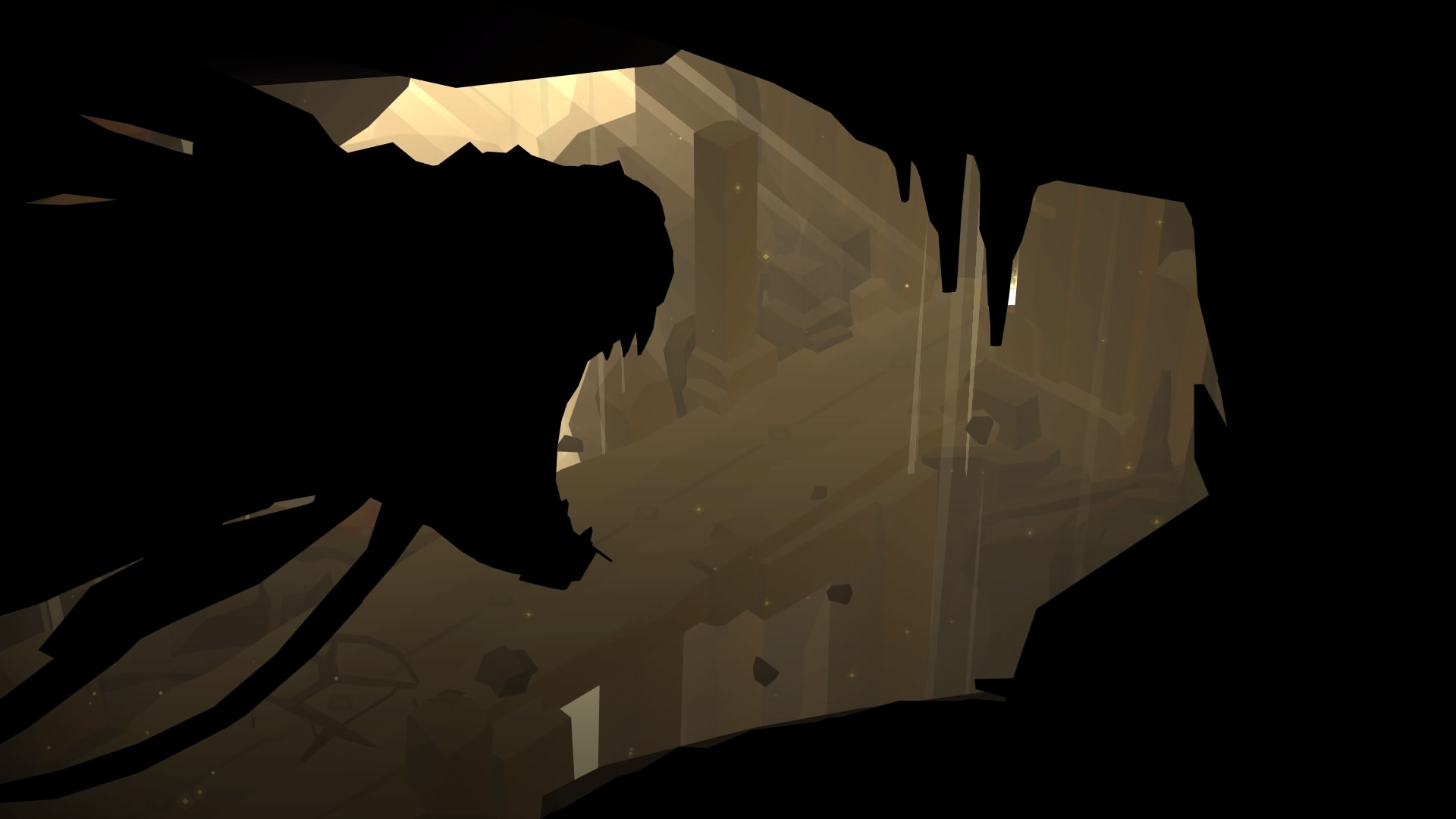
-
Lara Croft GO_20161205203910
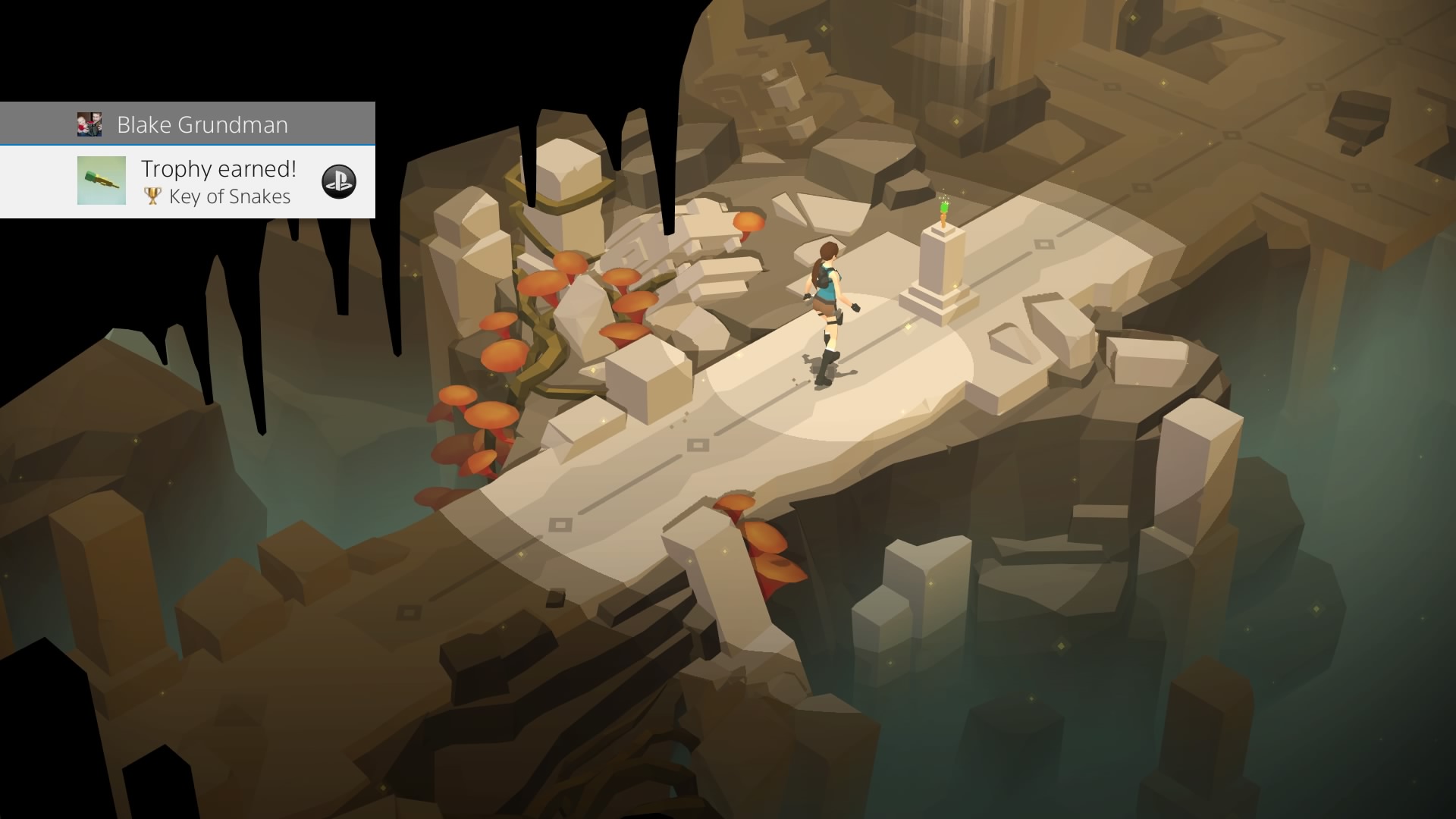
-
Lara Croft GO_20161205204115
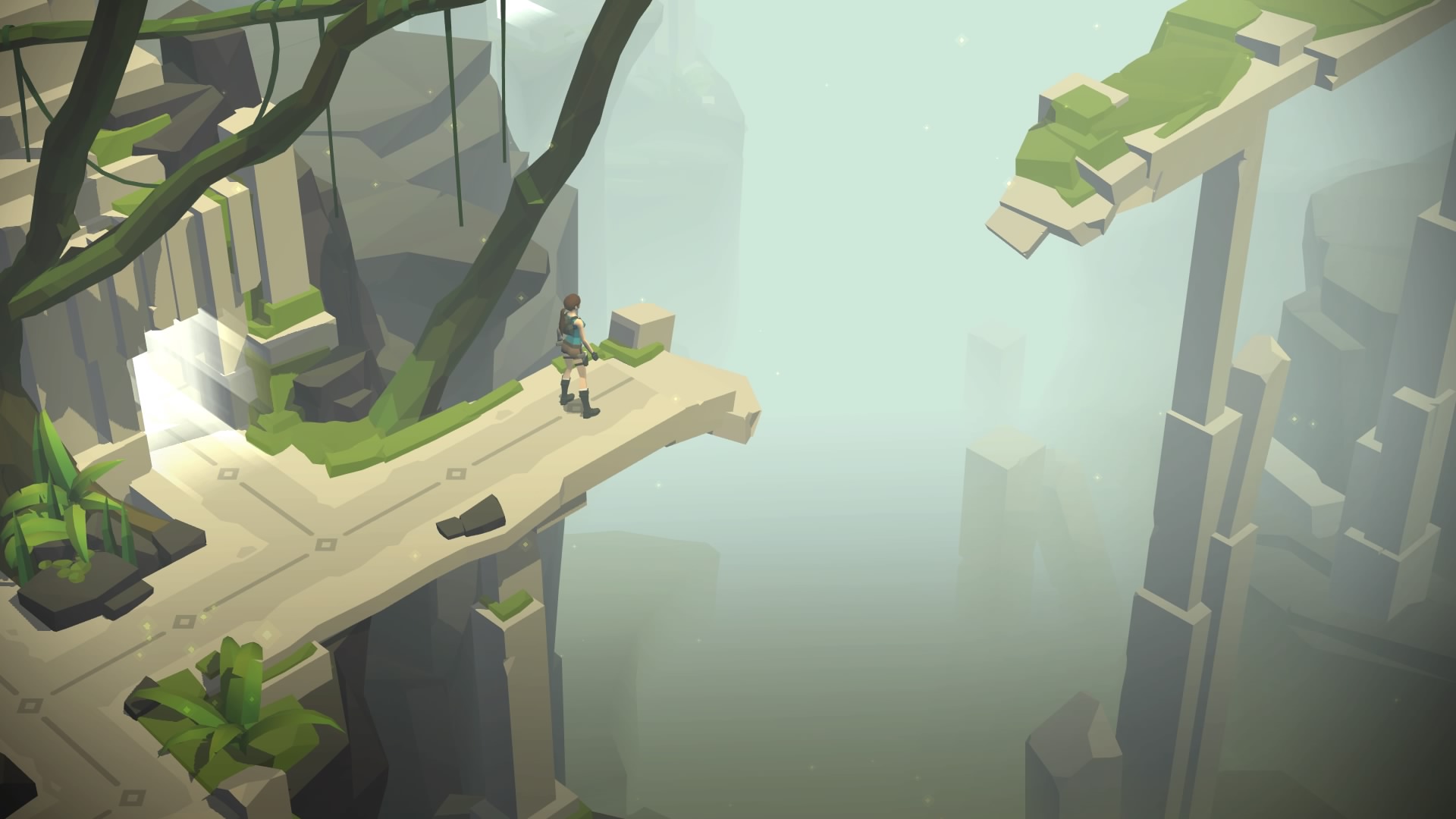
-
Lara Croft GO_20161205204516
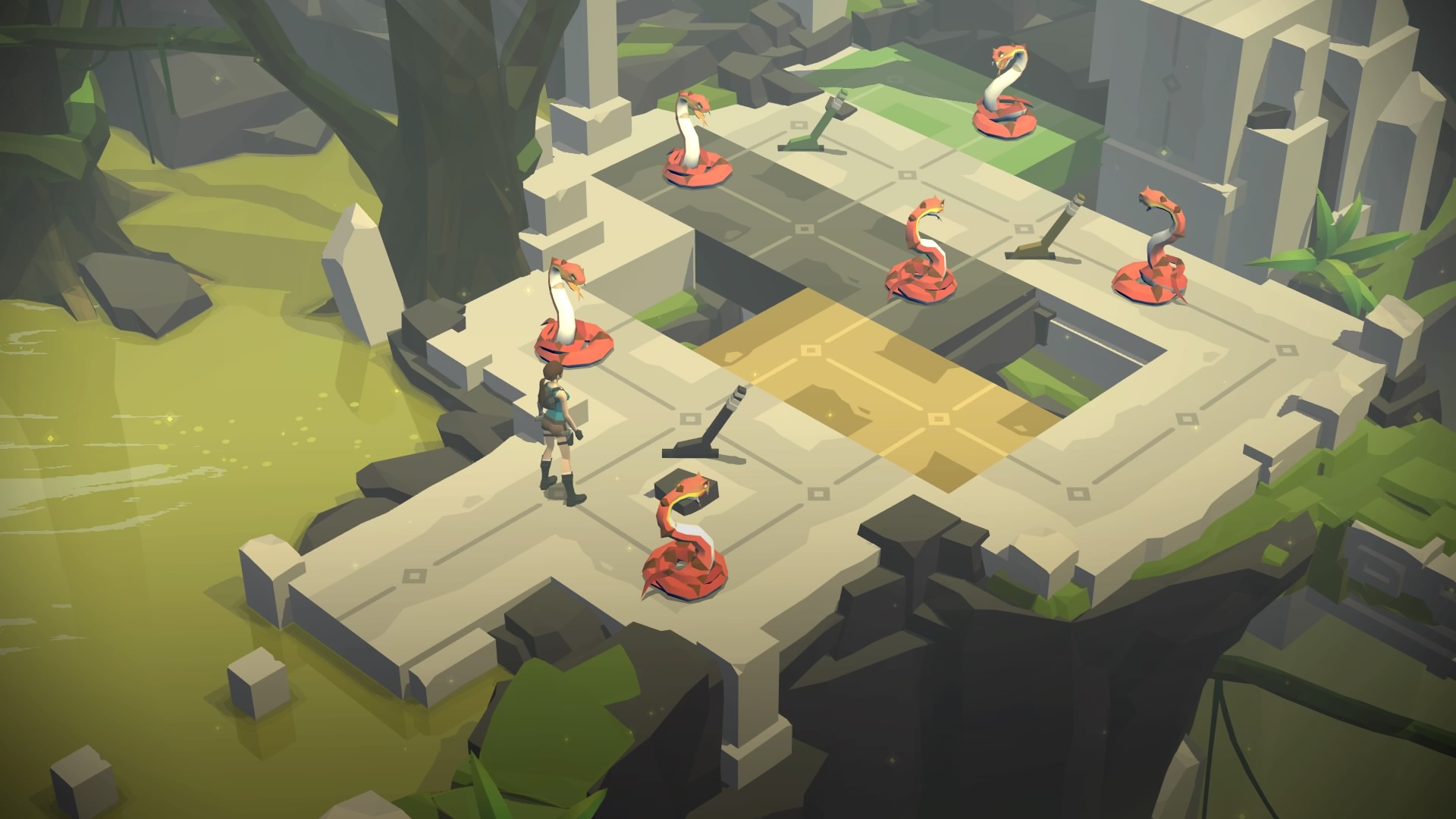
-
Lara Croft GO_20161205204930

-
Lara Croft GO_20161205205100
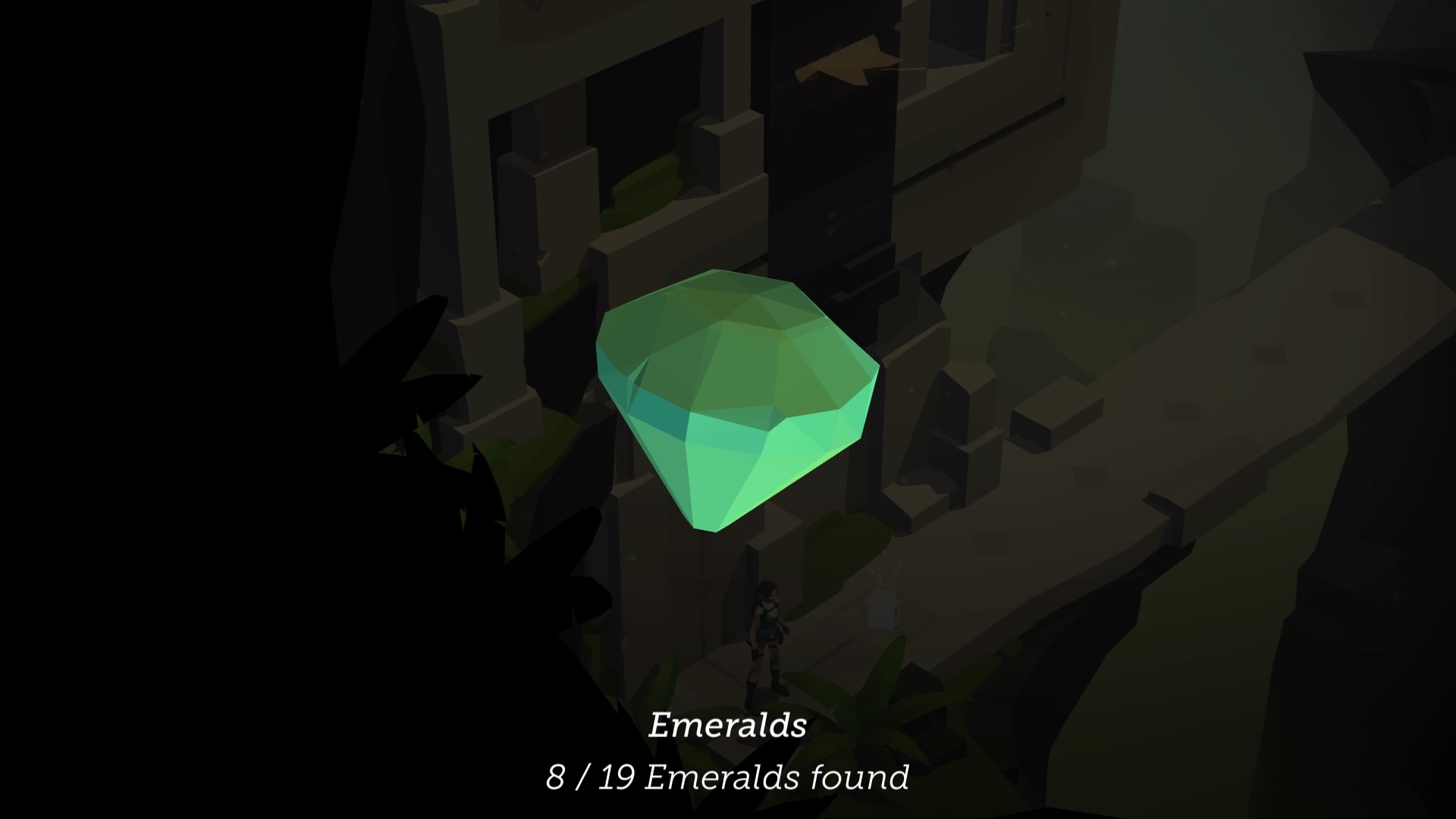
-
Lara Croft GO_20161205205907
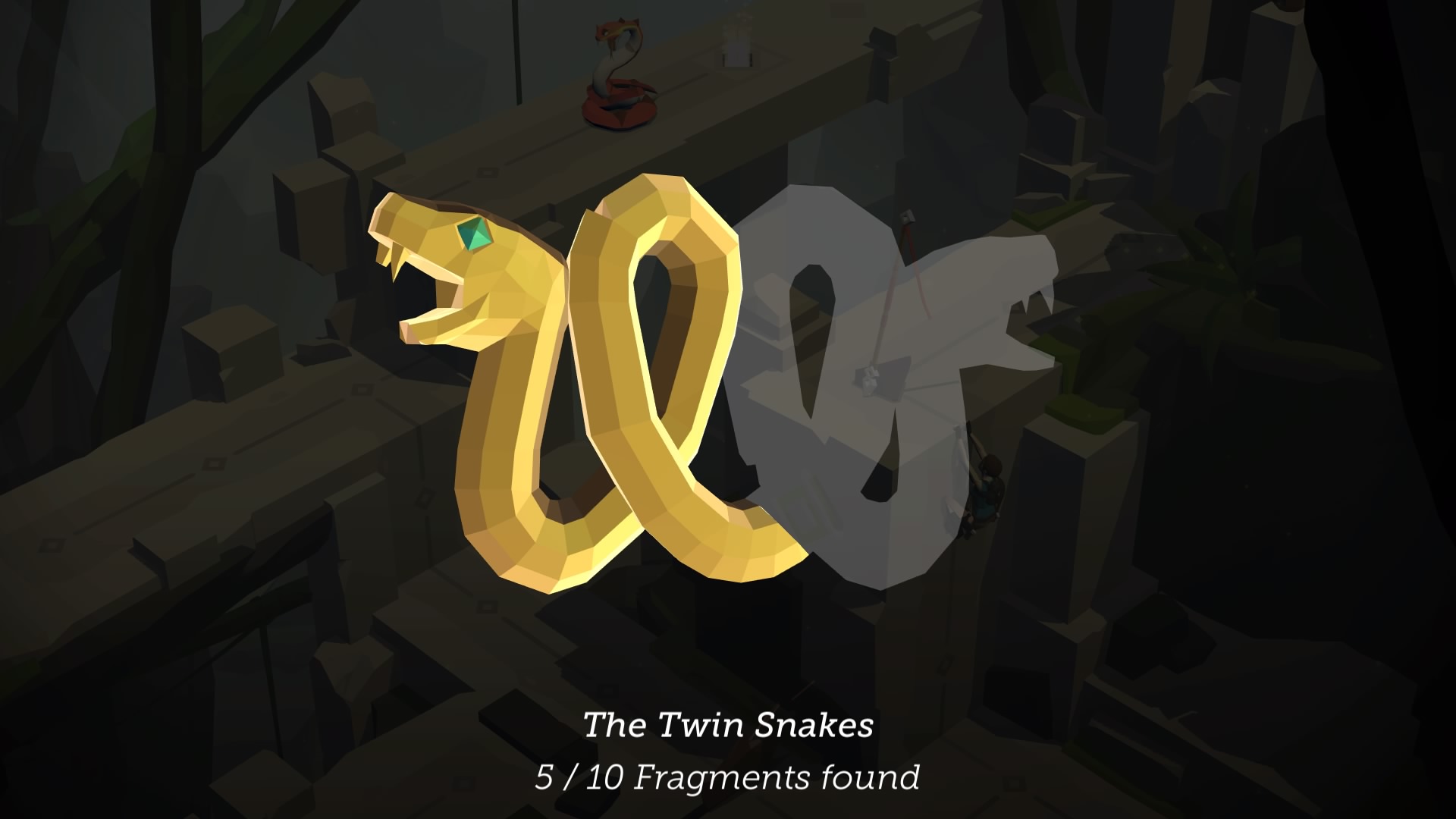
-
Lara Croft GO_20161205210021
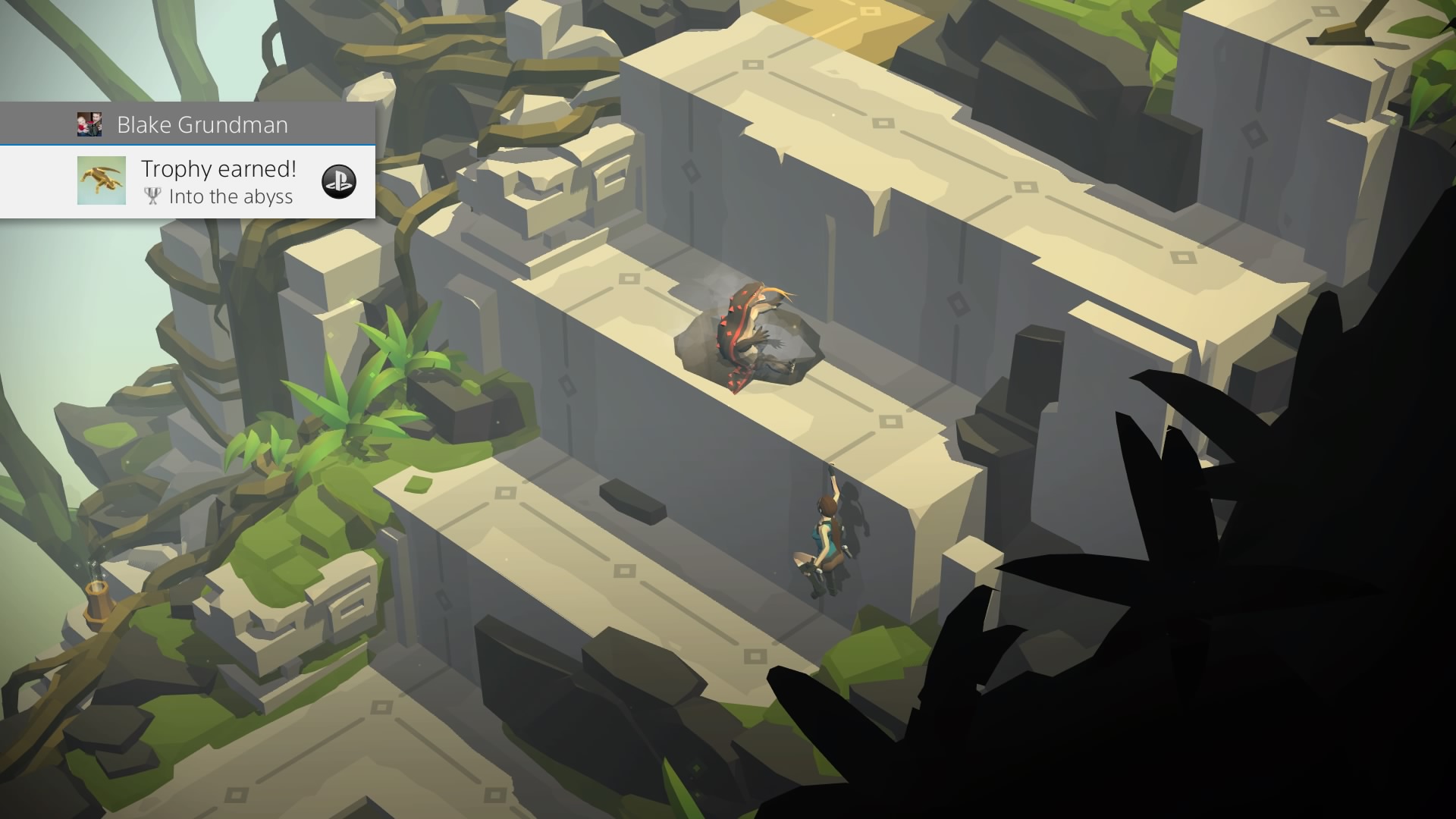
-
Lara Croft GO_20161205210035
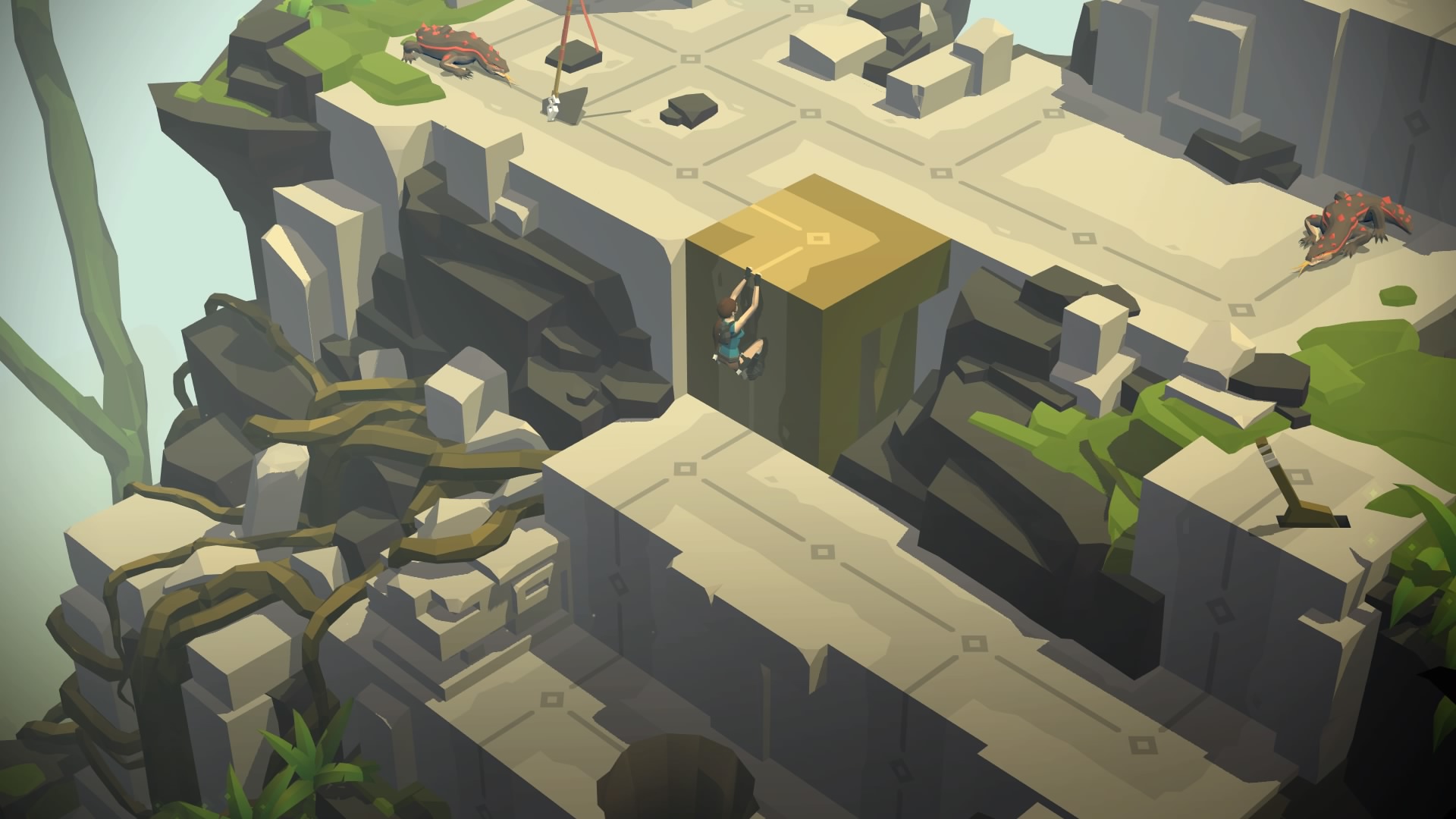
-
Lara Croft GO_20161205210412

-
Lara Croft GO_20161205210703
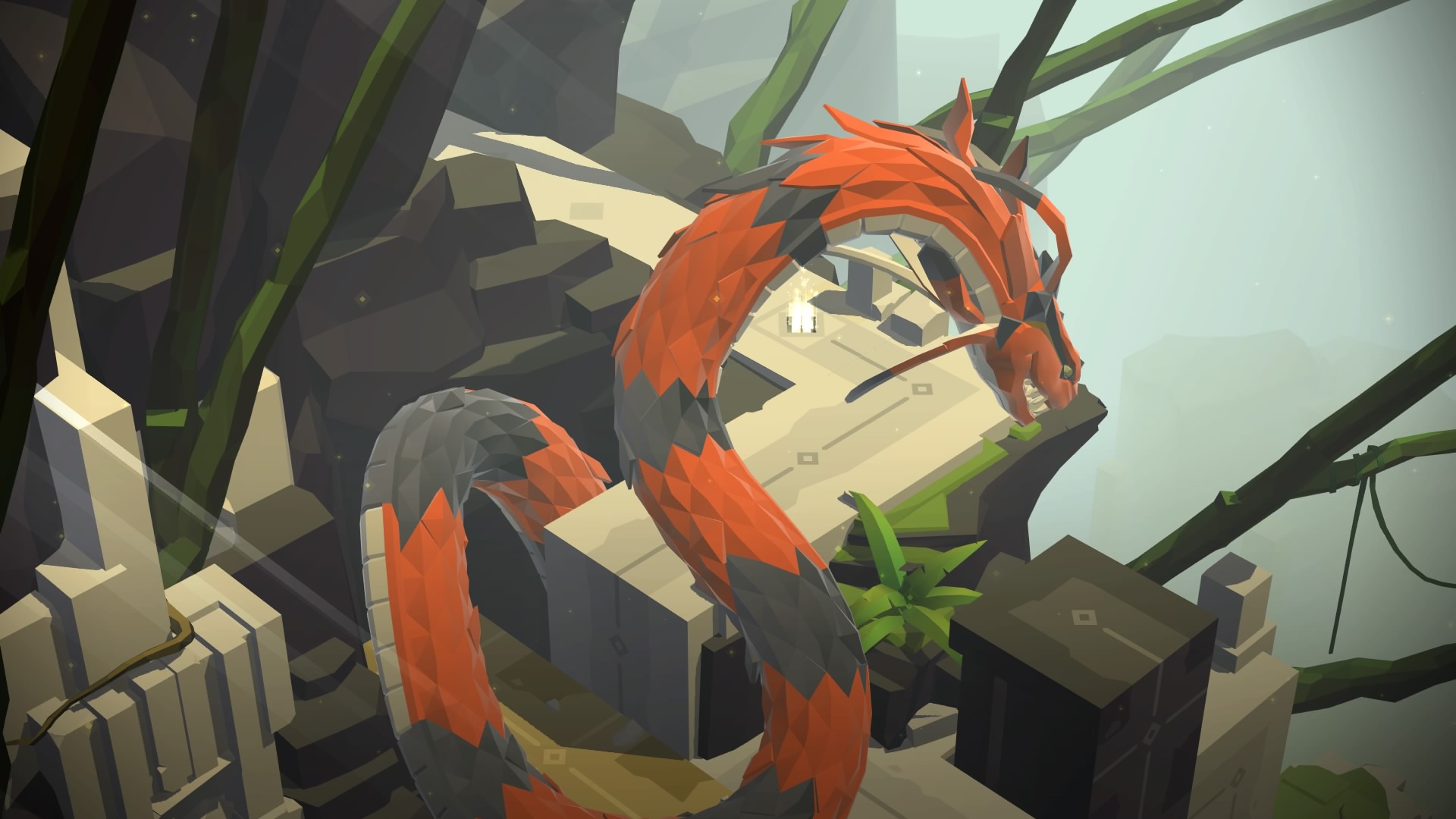
-
Lara Croft GO_20161205211001

-
Lara Croft GO_20161205211010
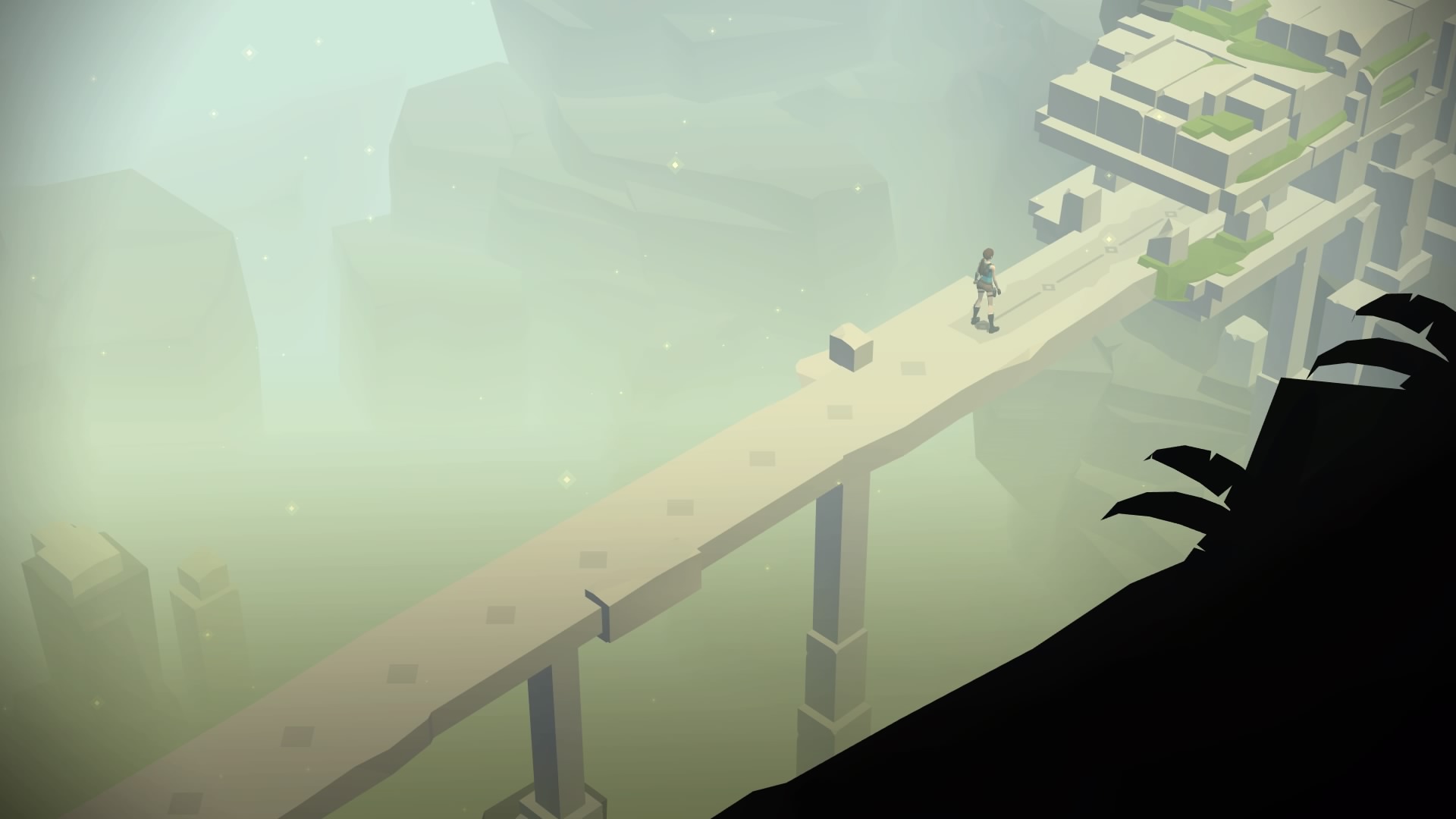
-
Lara Croft GO_20161205211025
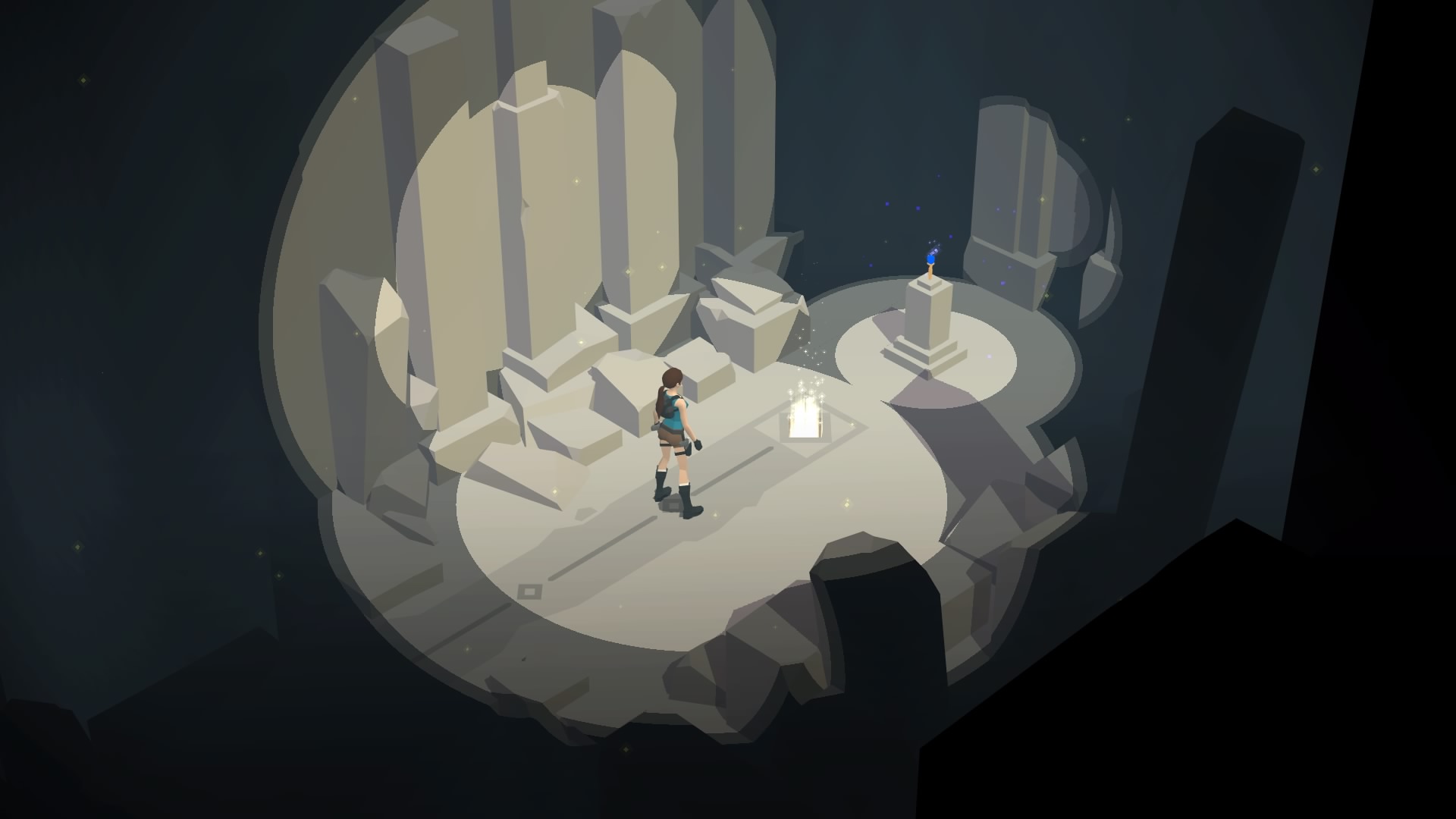
-
Lara Croft GO_20161205211057
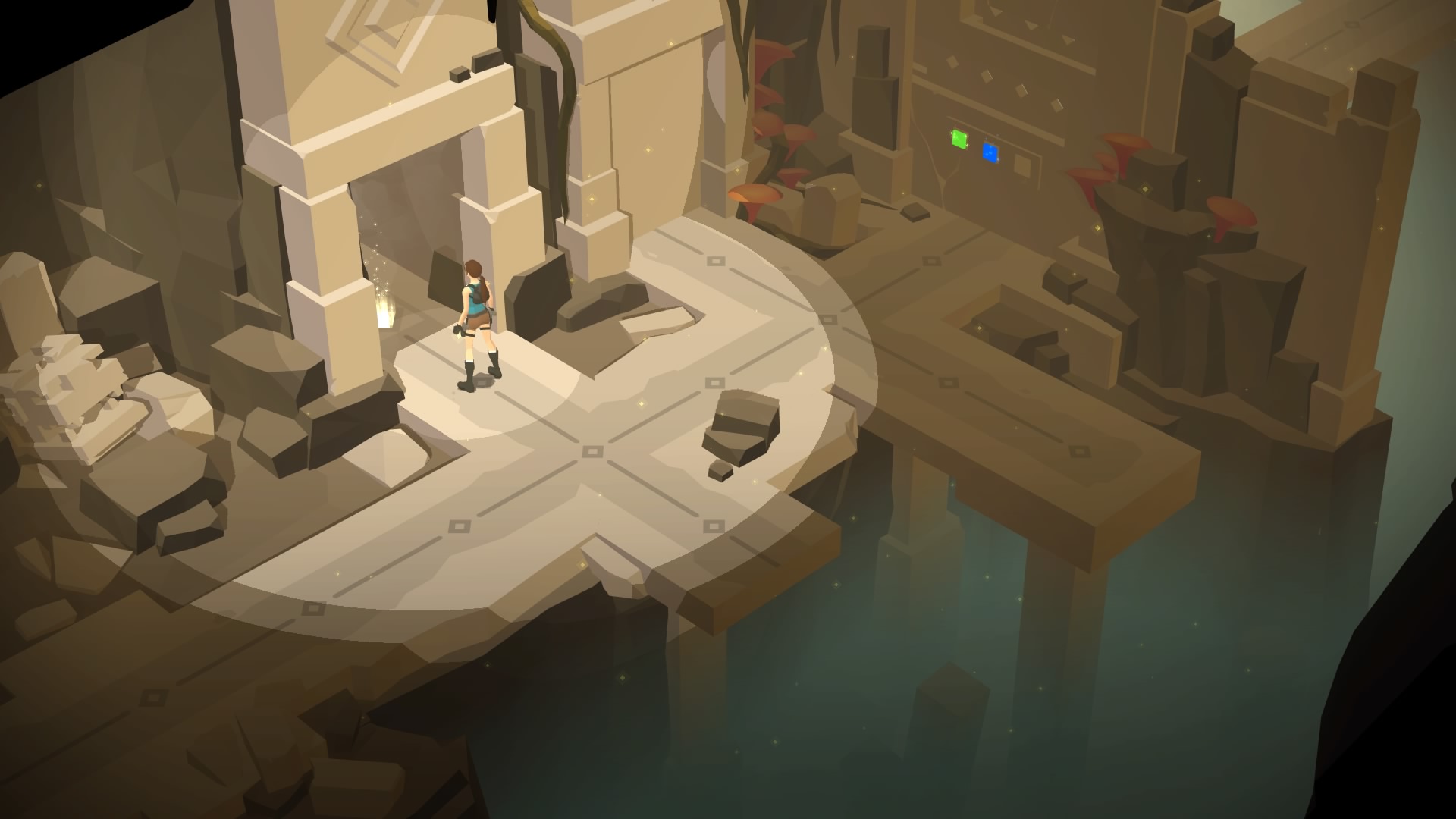
-
Lara Croft GO_20161205211401
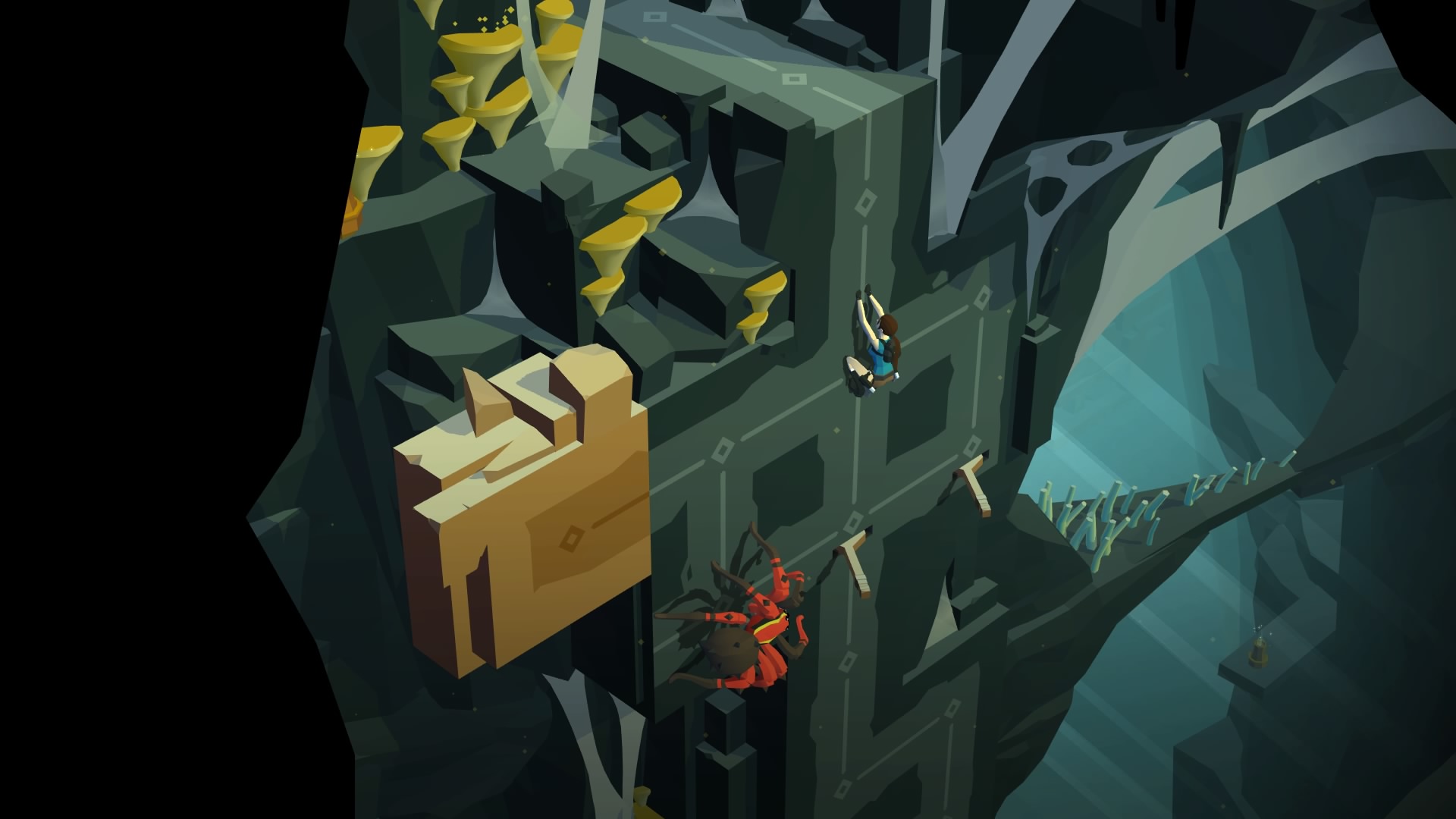
-
Lara Croft GO_20161205214158
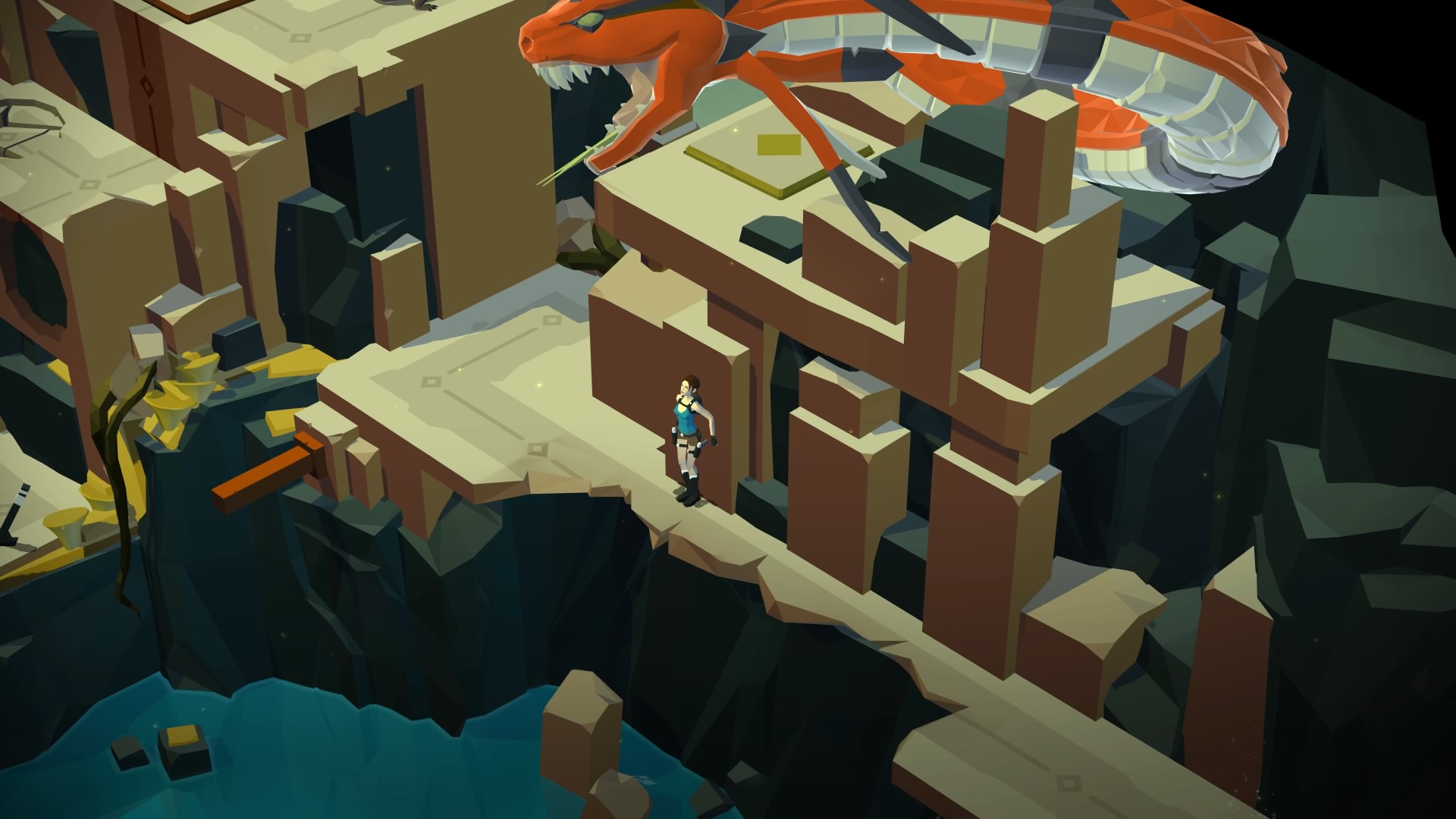
-
Lara Croft GO_20161205214206
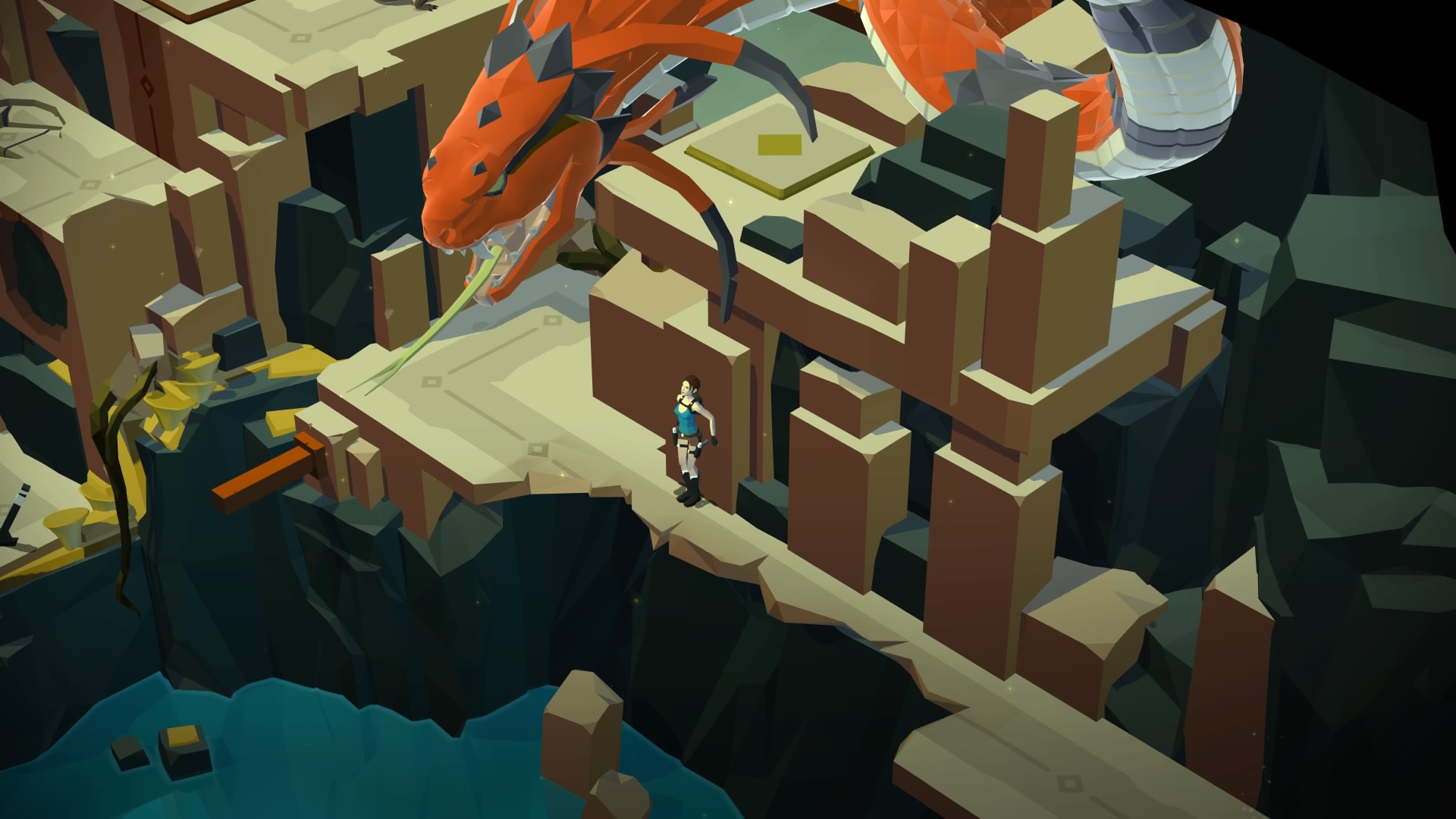
-
Lara Croft GO_20161205214251
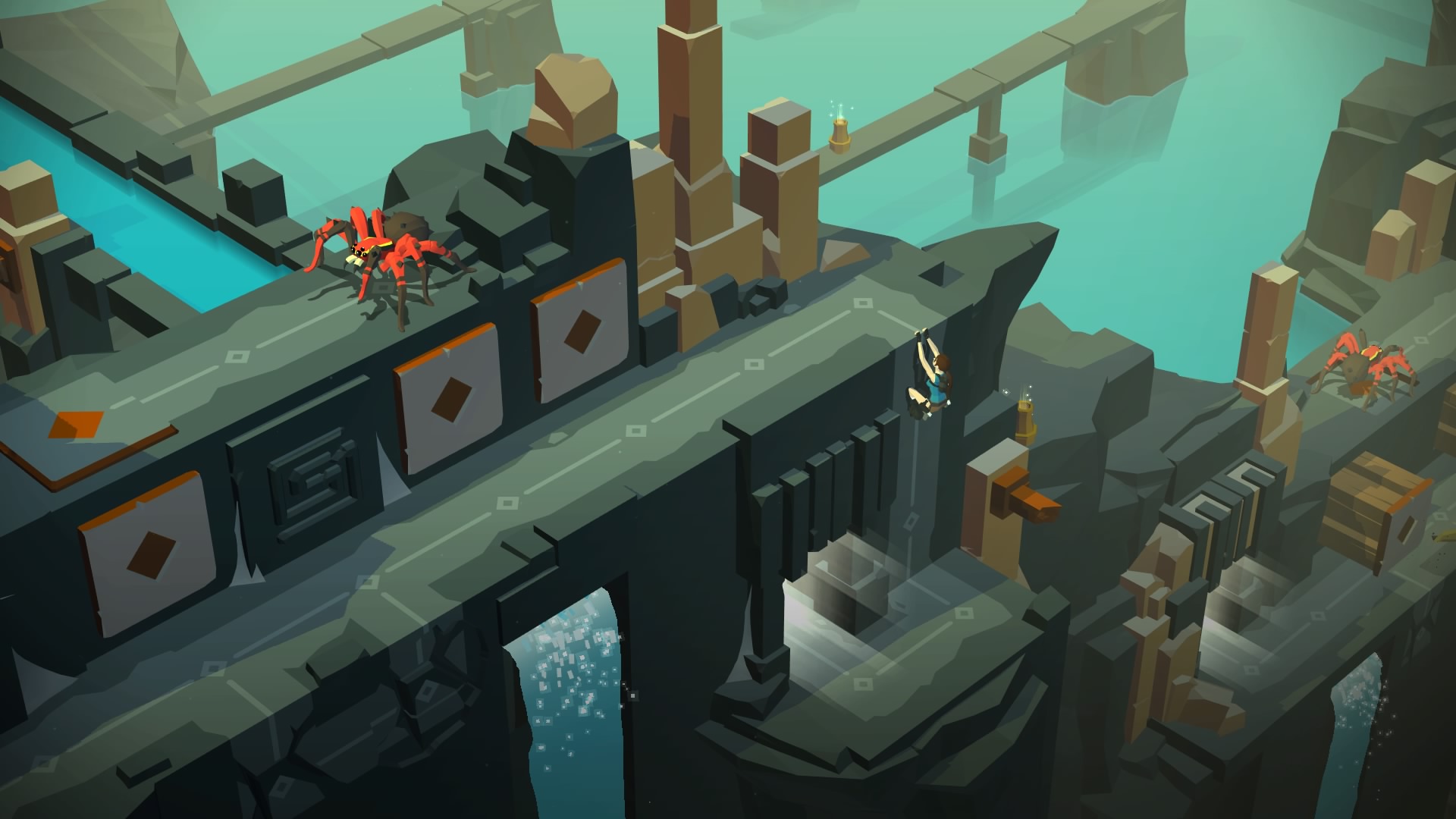
-
Lara Croft GO_20161205220104
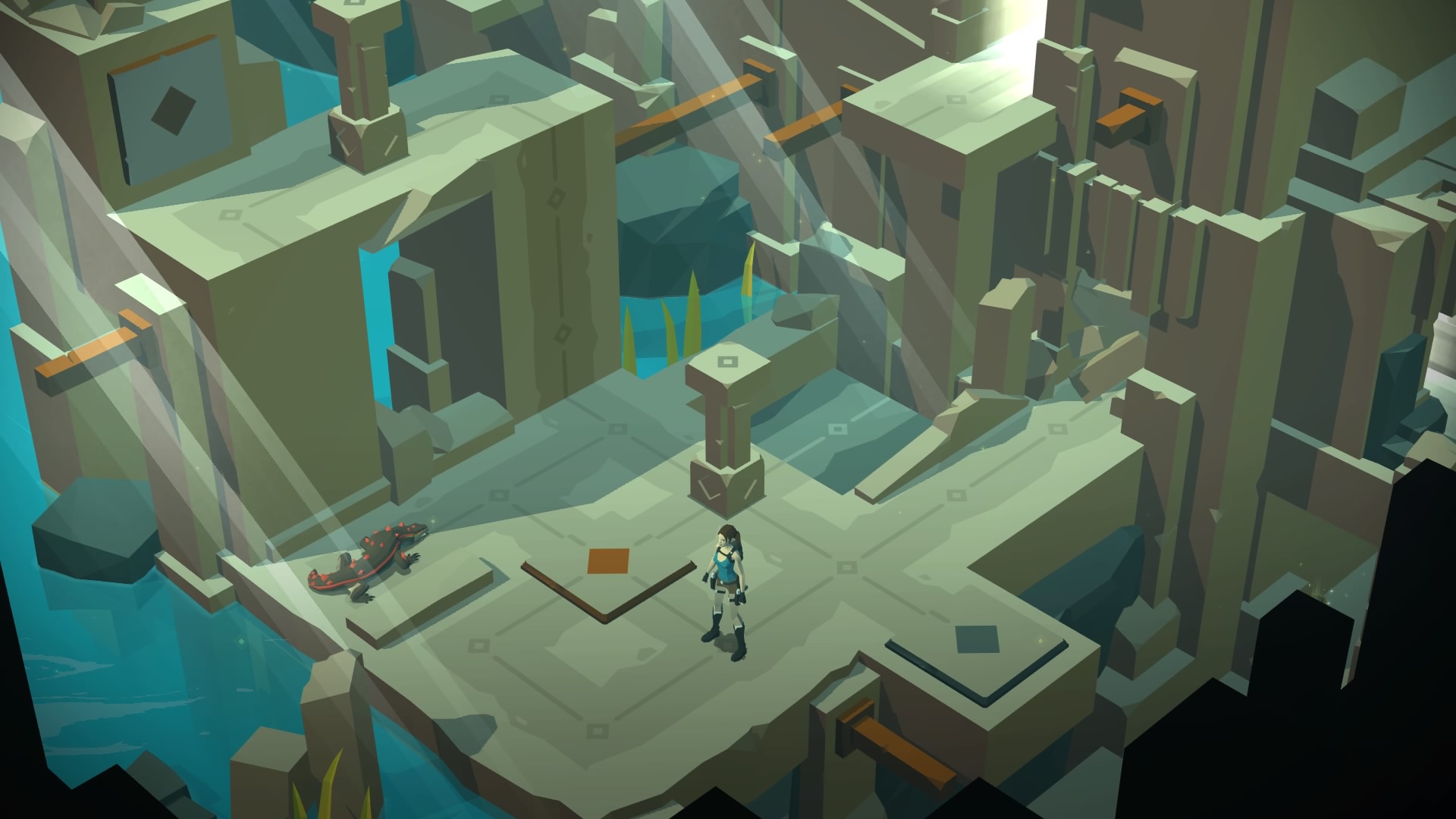
-
Lara Croft GO_20161205220726

-
Lara Croft GO_20161205221118
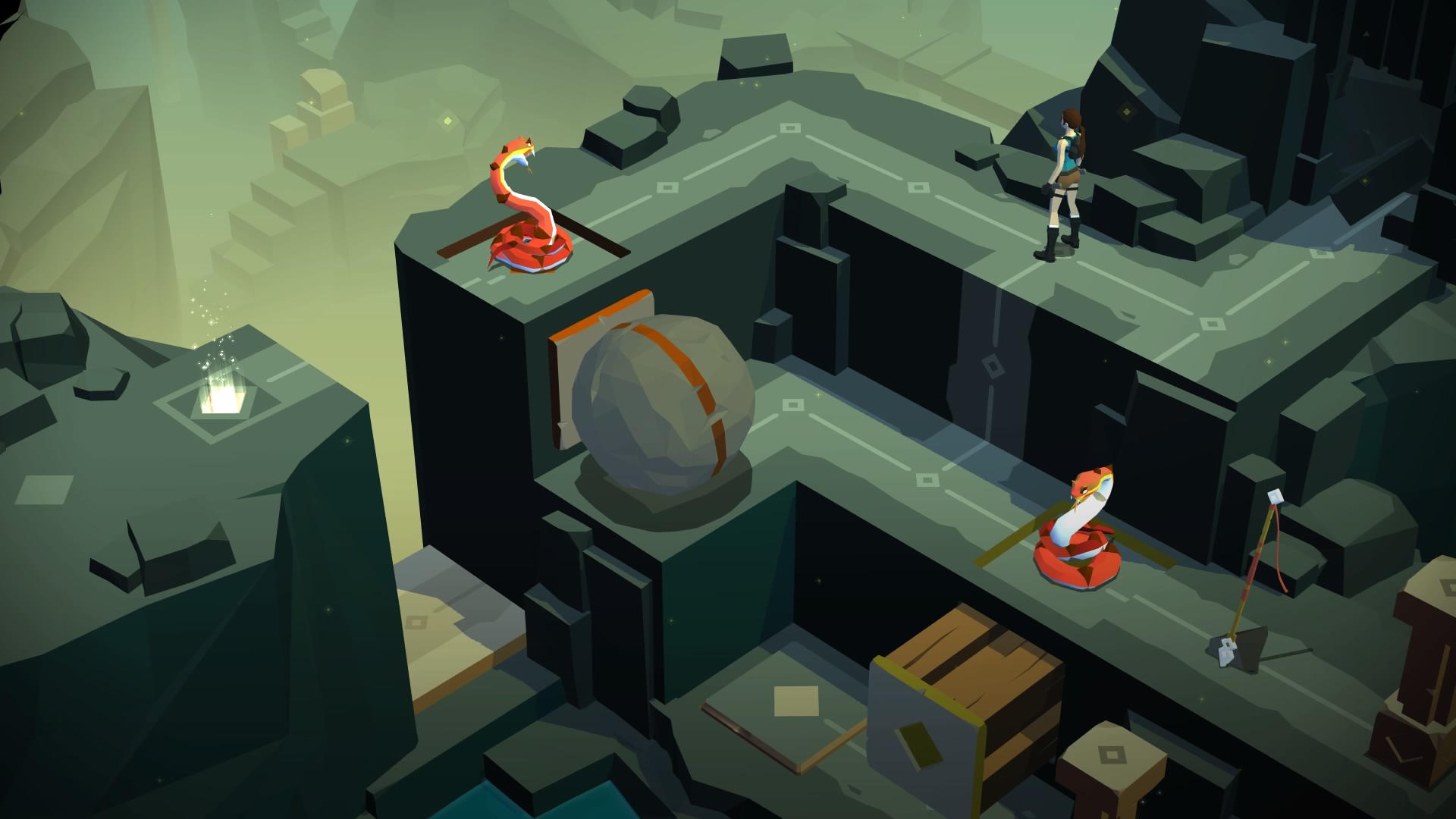
-
Lara Croft GO_20161205221259
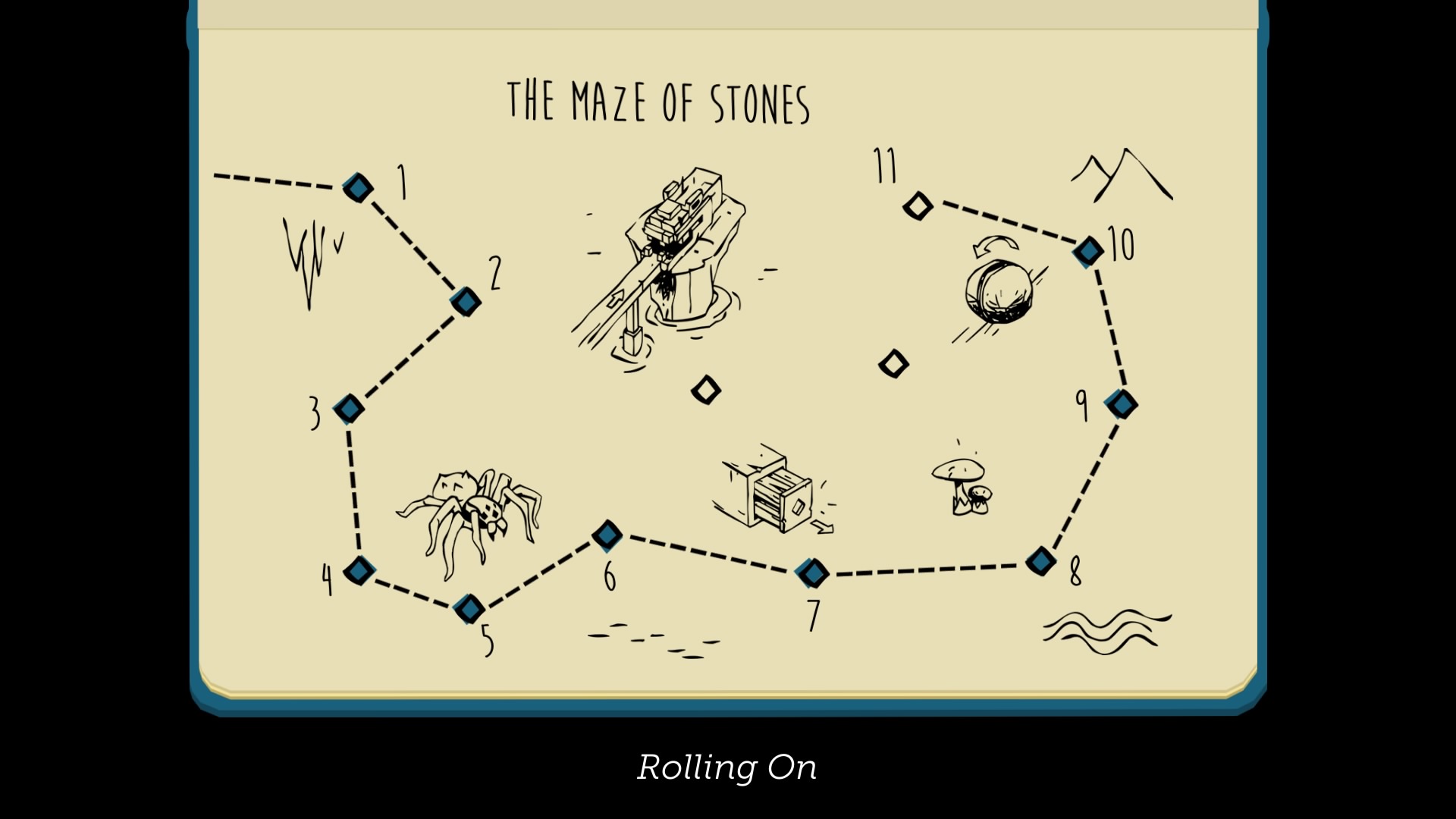
-
Lara Croft GO_20161205221346
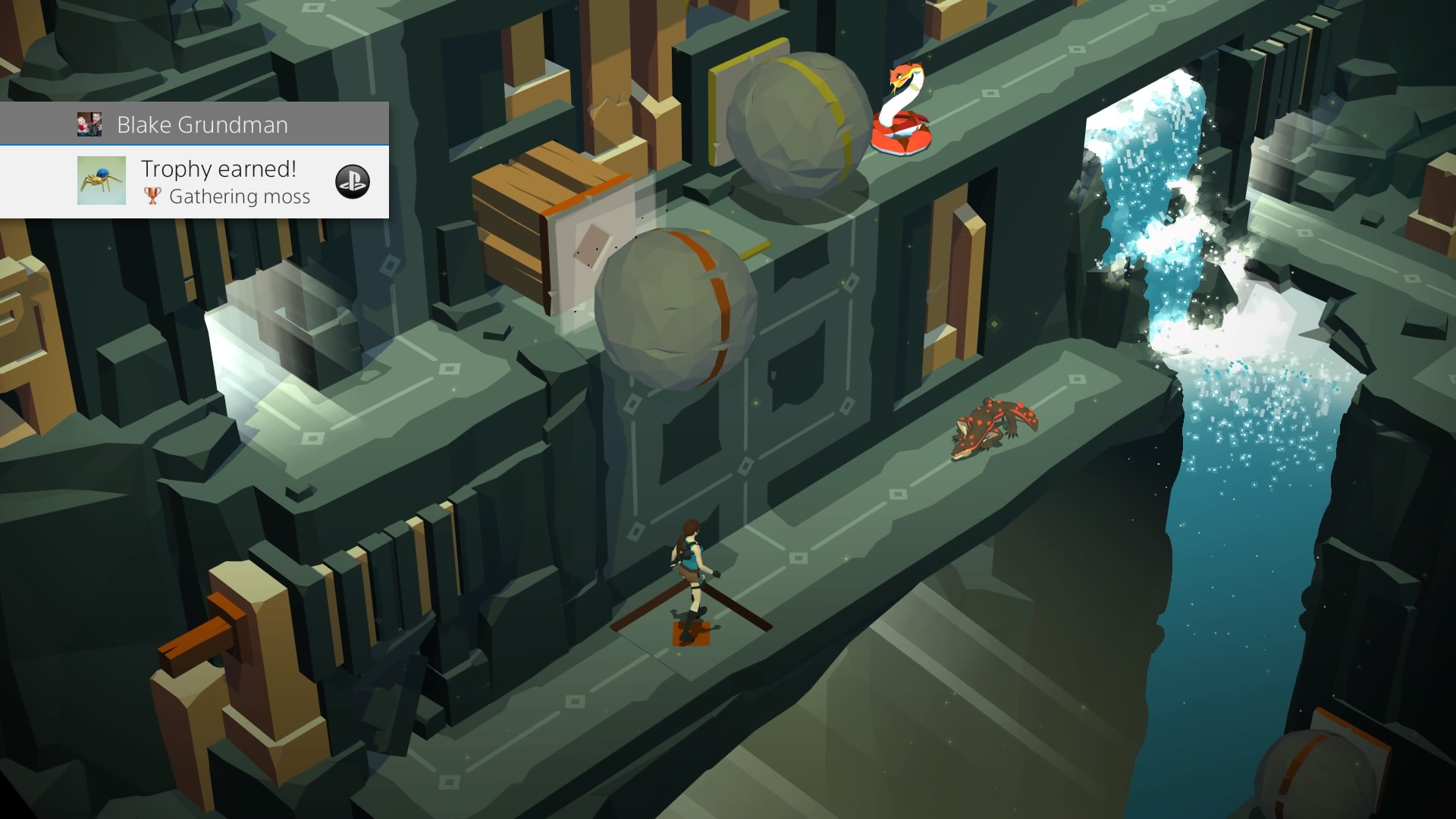
-
Lara Croft GO_20161205221835
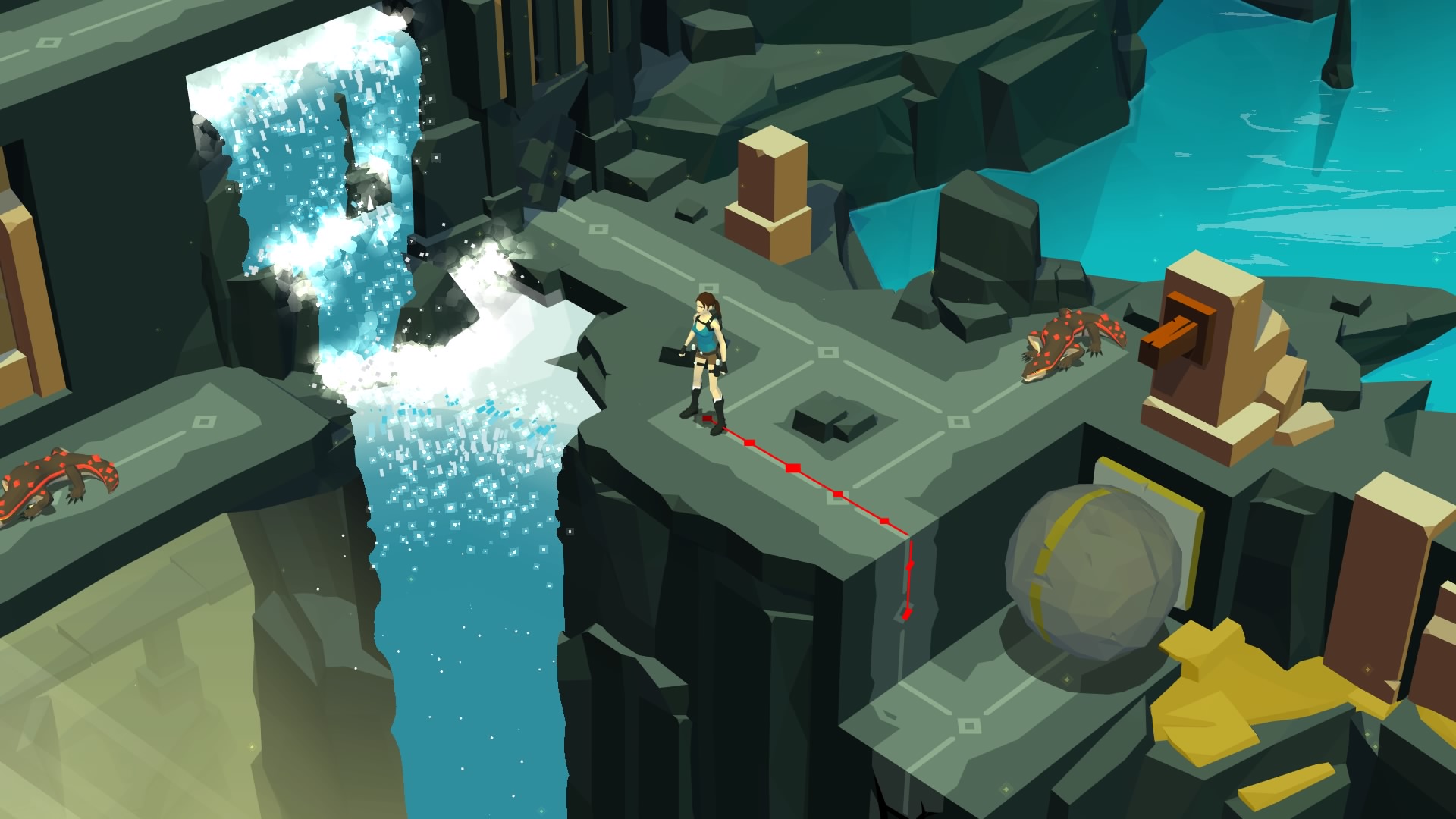
-
Lara Croft GO_20161205222259
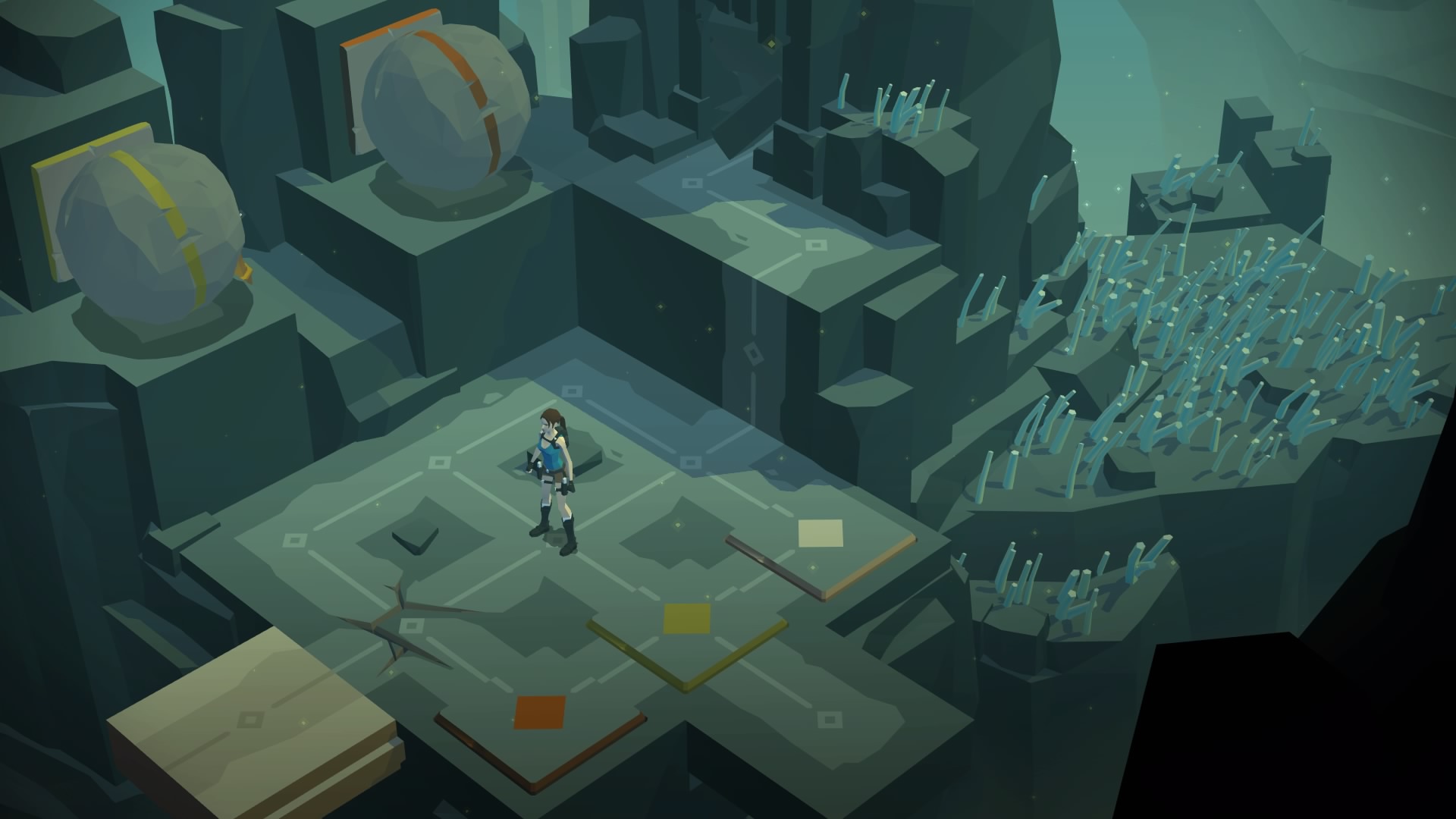
-
Lara Croft GO_20161205222634
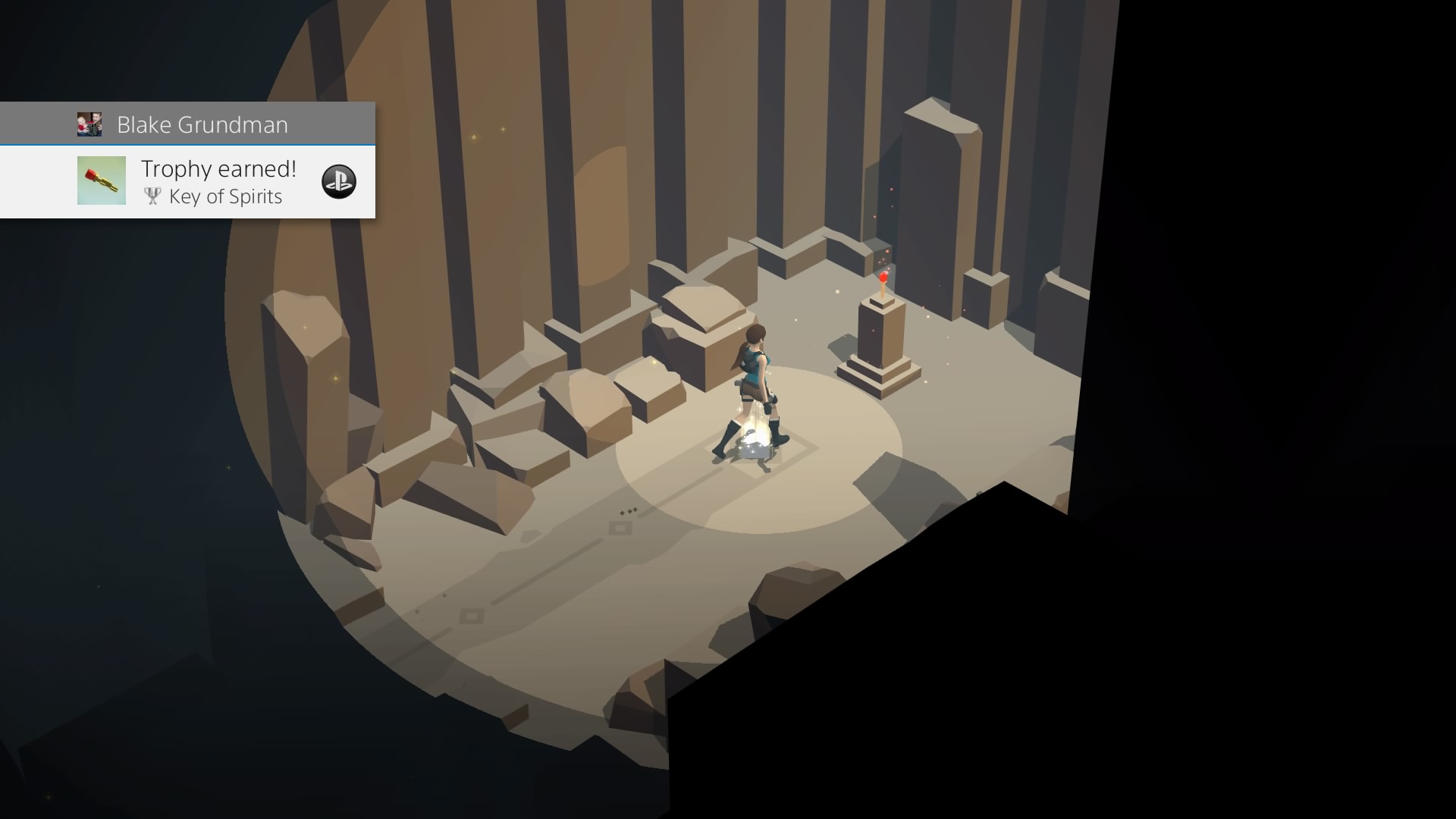
-
Lara Croft GO_20161205222657
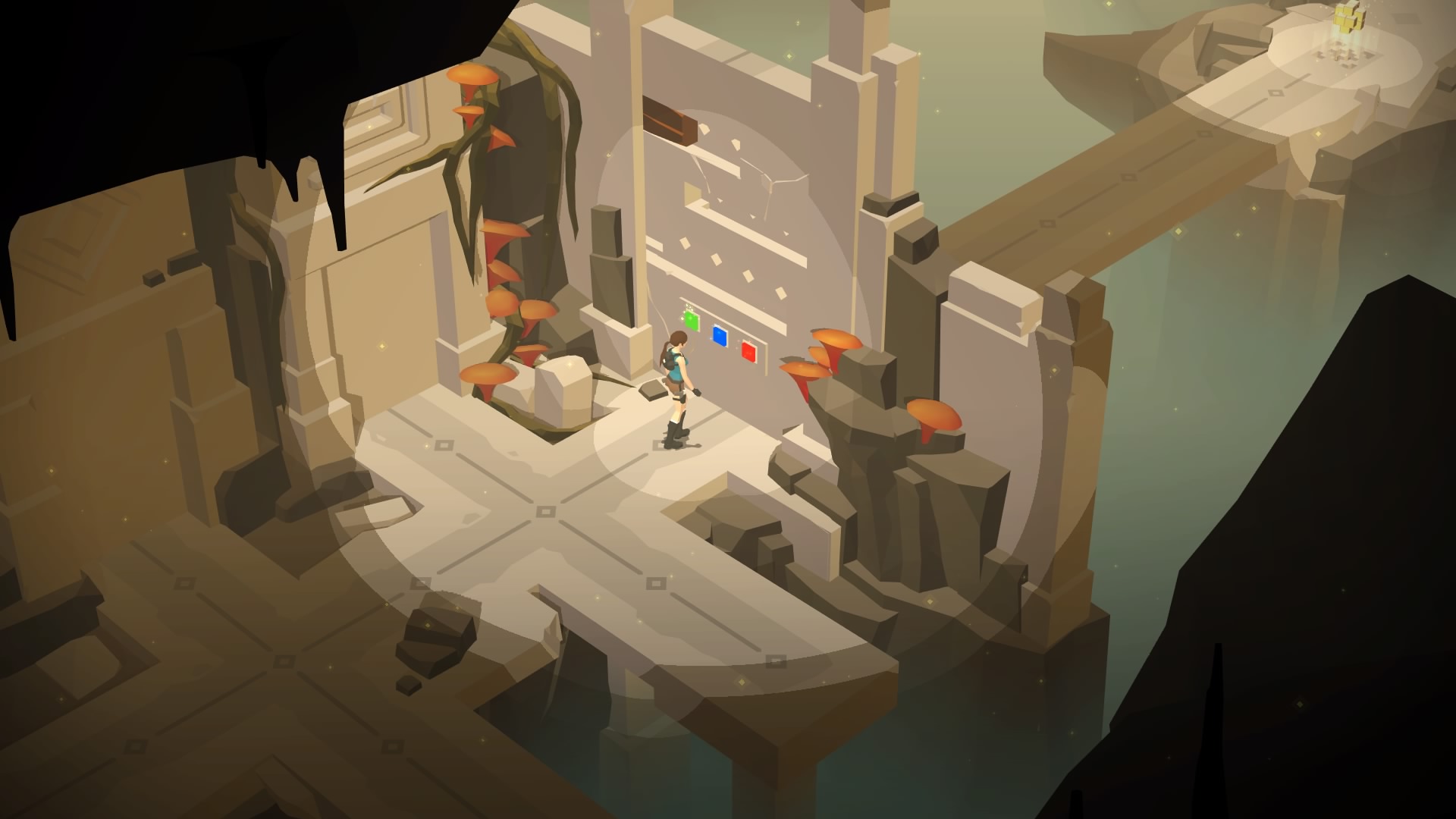
-
Lara Croft GO_20161205222710

-
Lara Croft GO_20161205222727
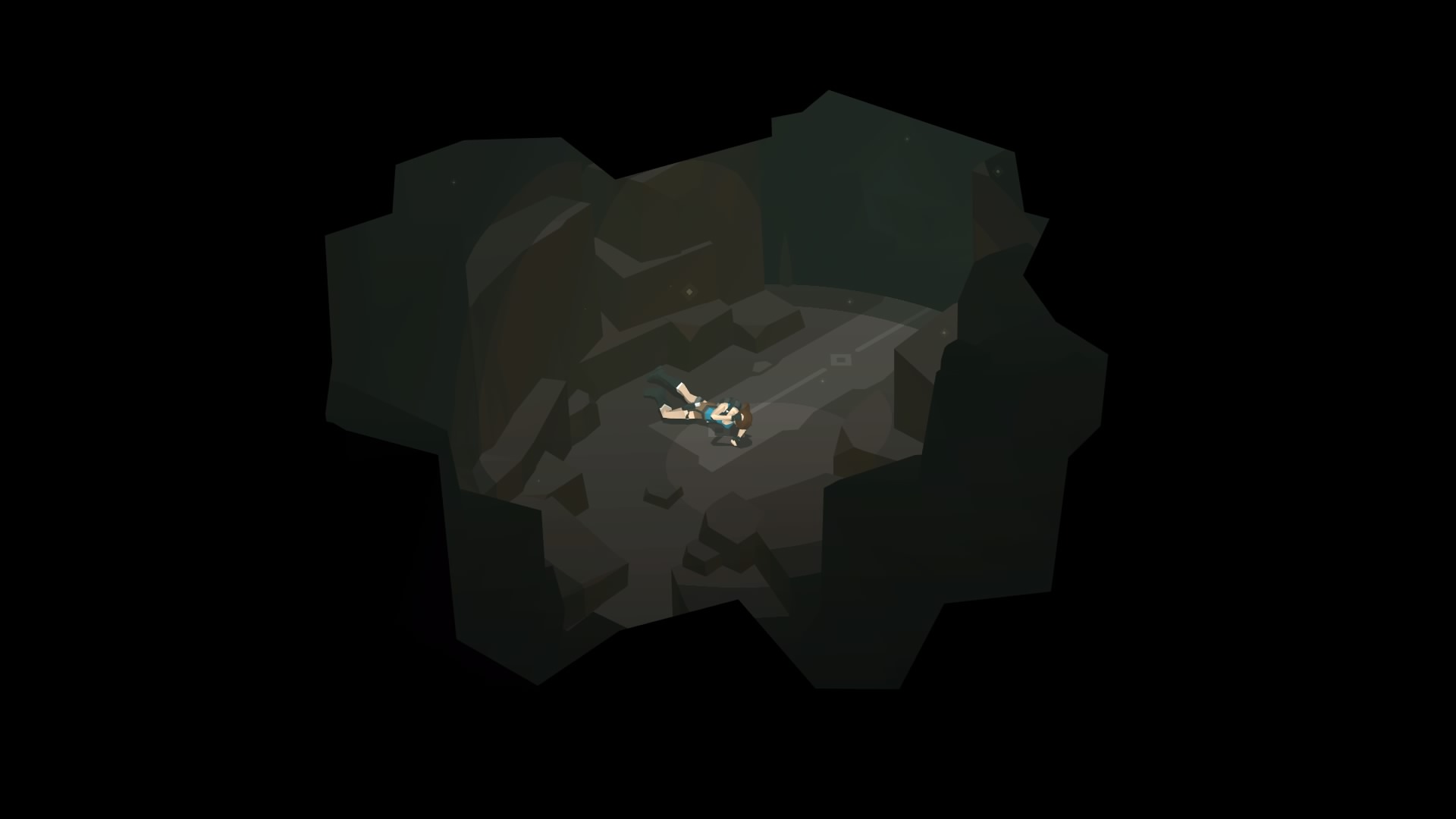
-
Lara Croft GO_20161205222755
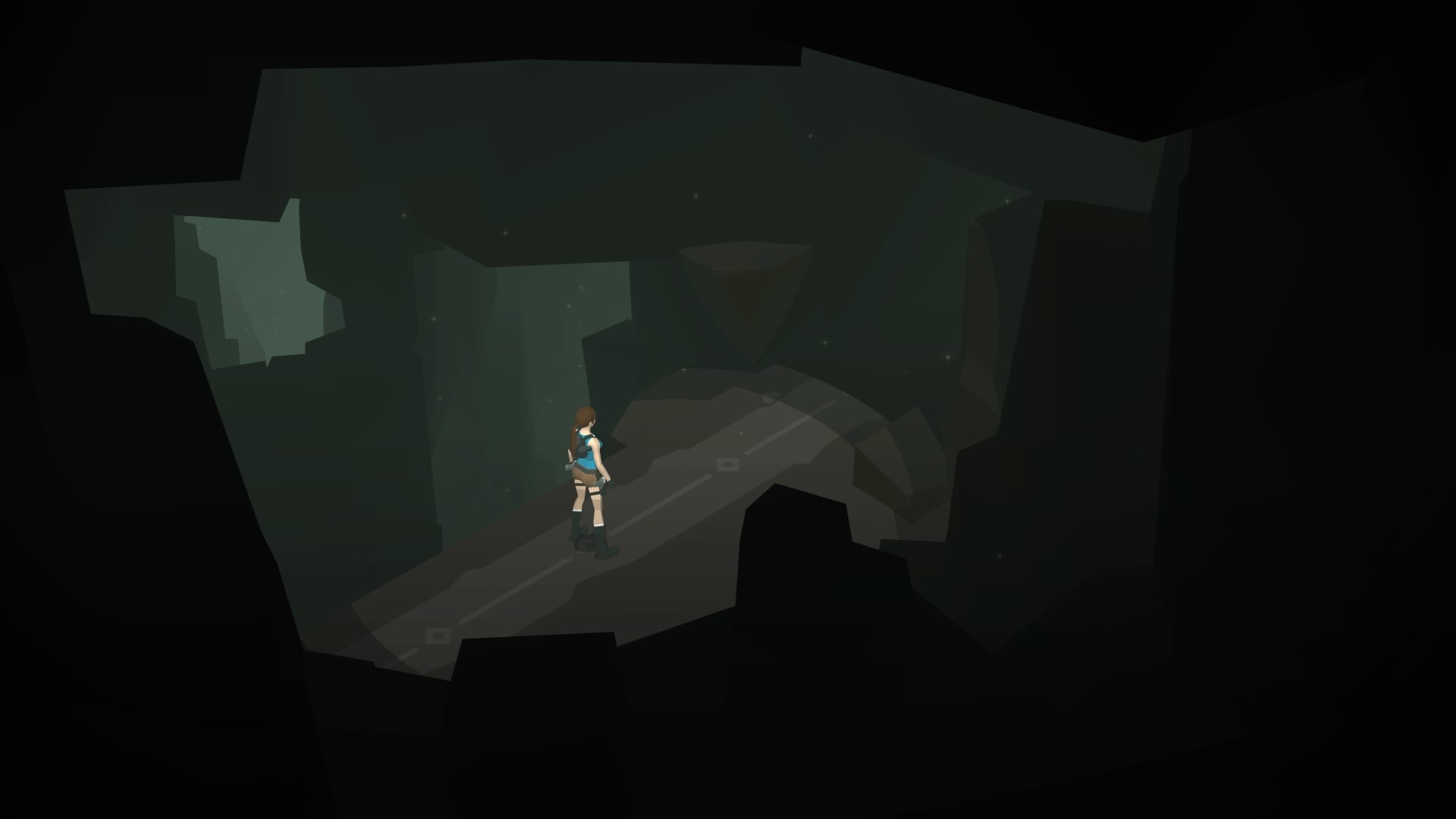
-
Lara Croft GO_20161205222839
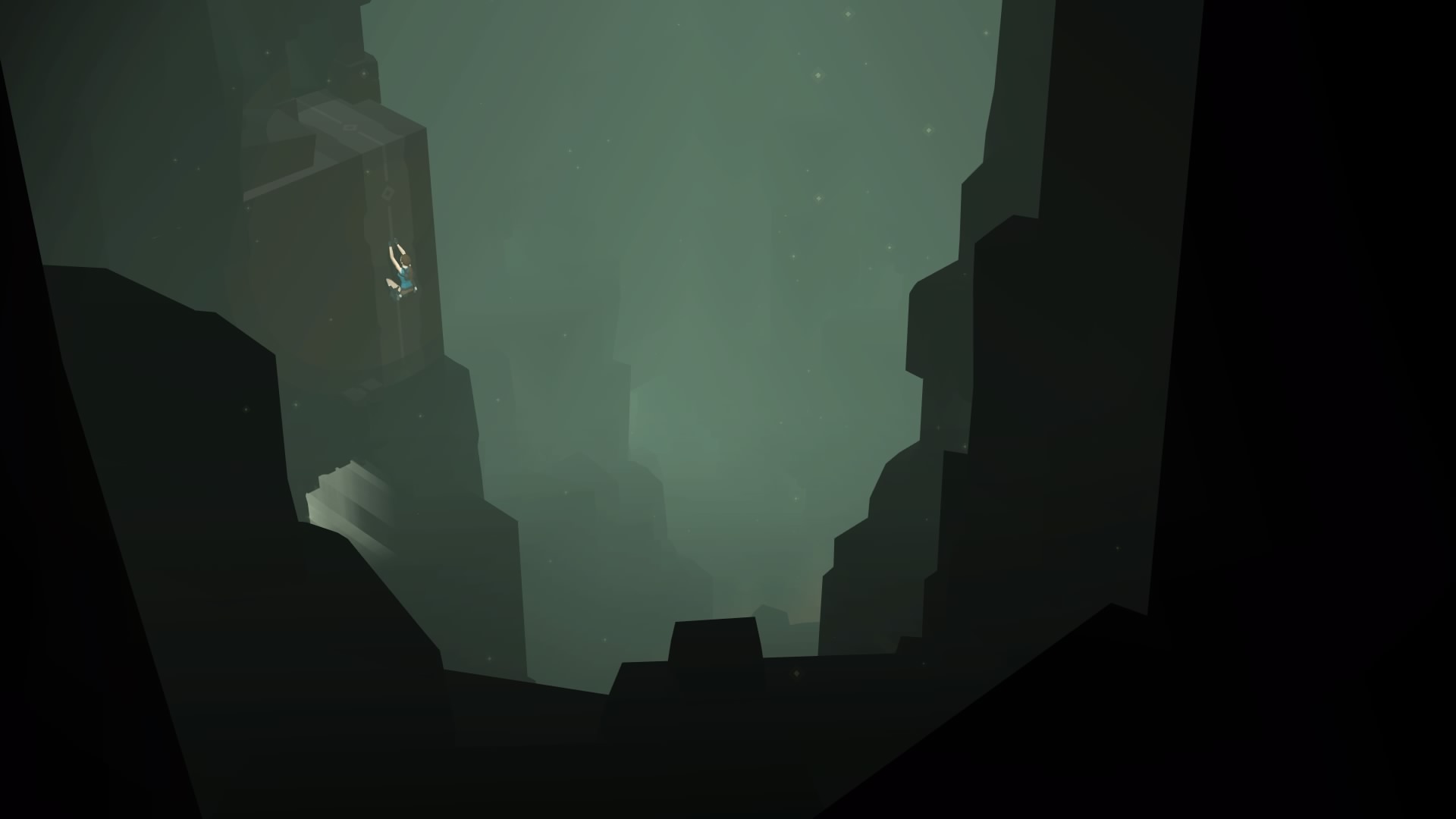
-
Lara Croft GO_20161205222930
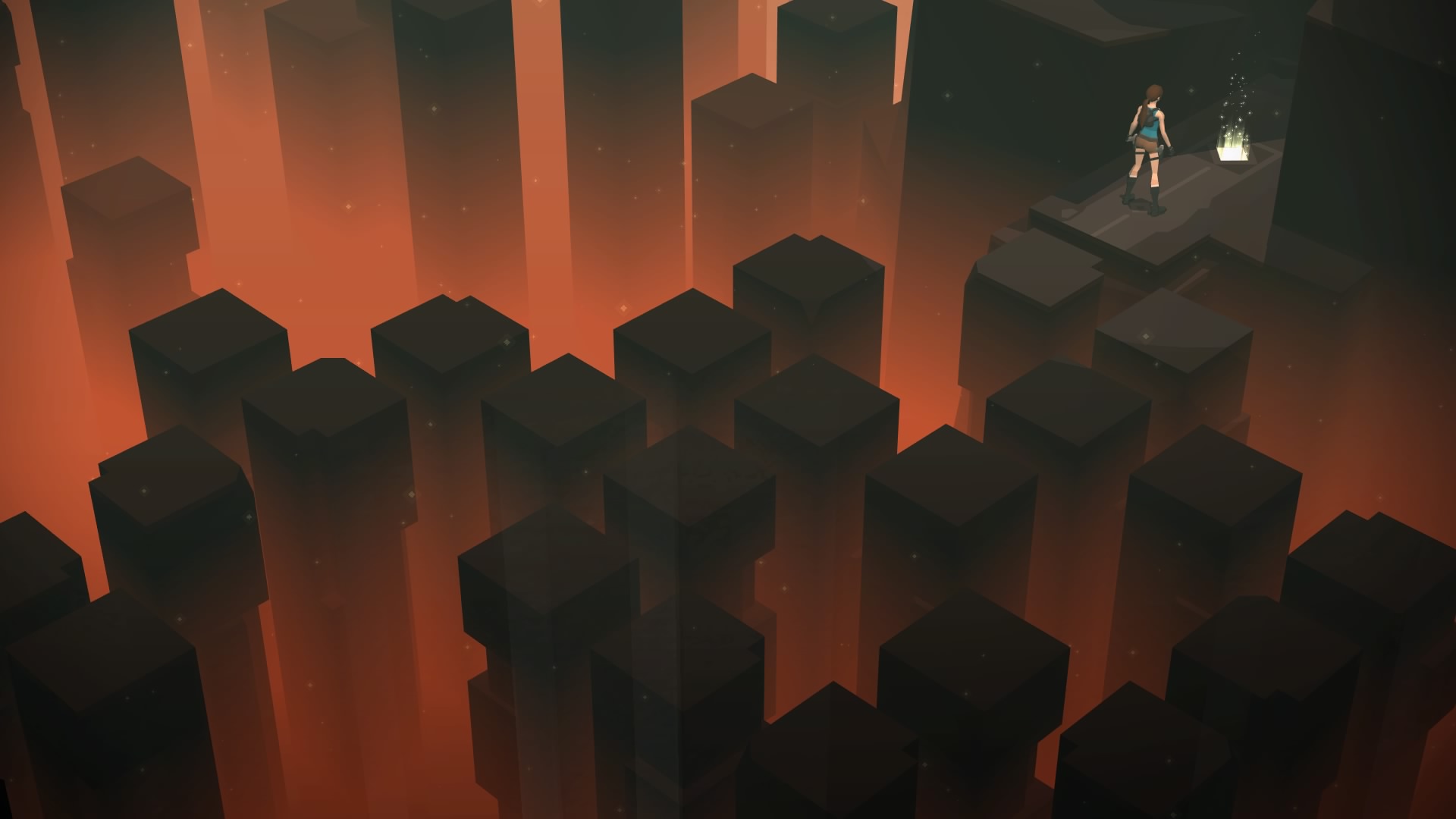
-
Lara Croft GO_20161205222951
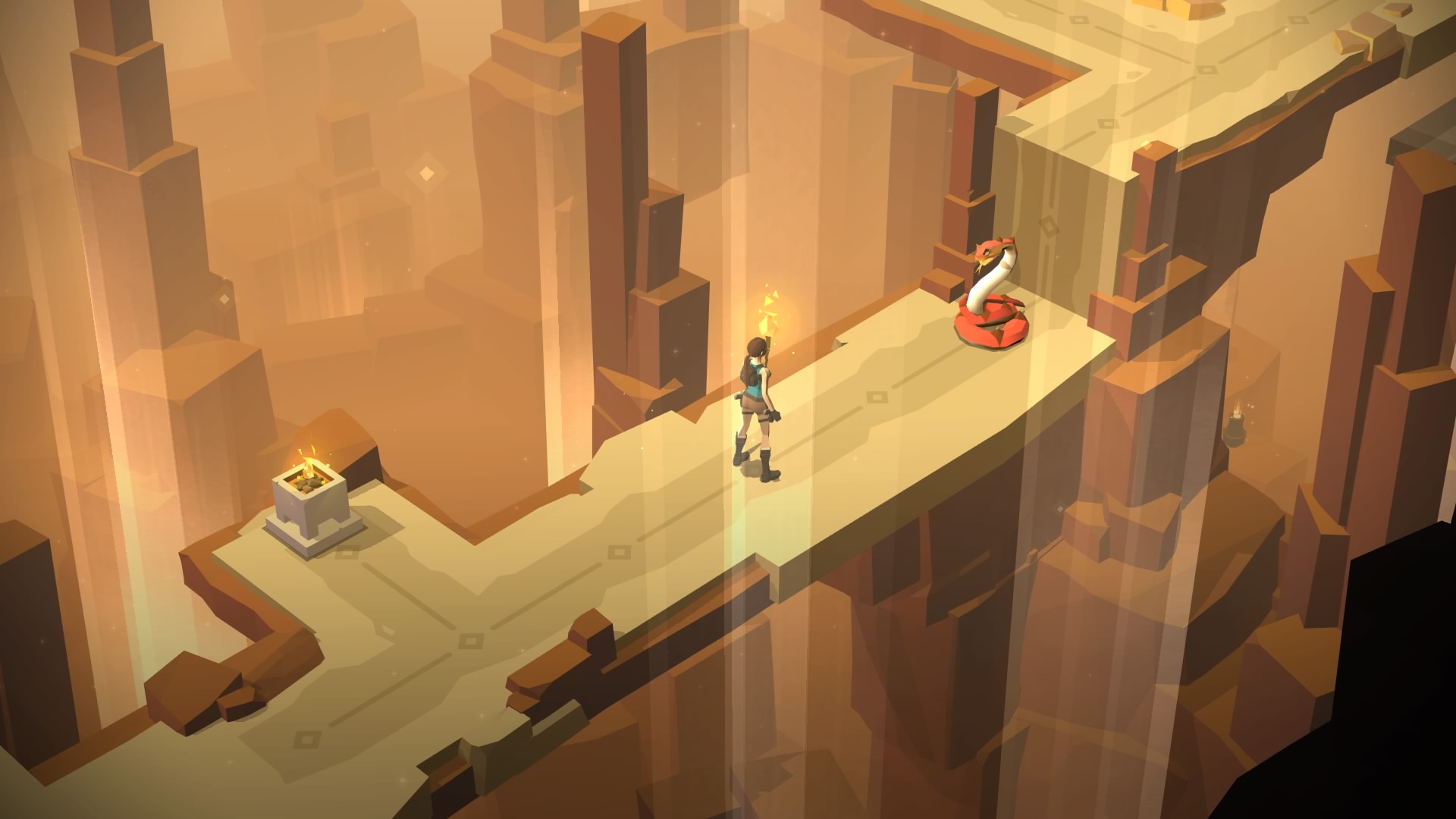
-
Lara Croft GO_20161205223255
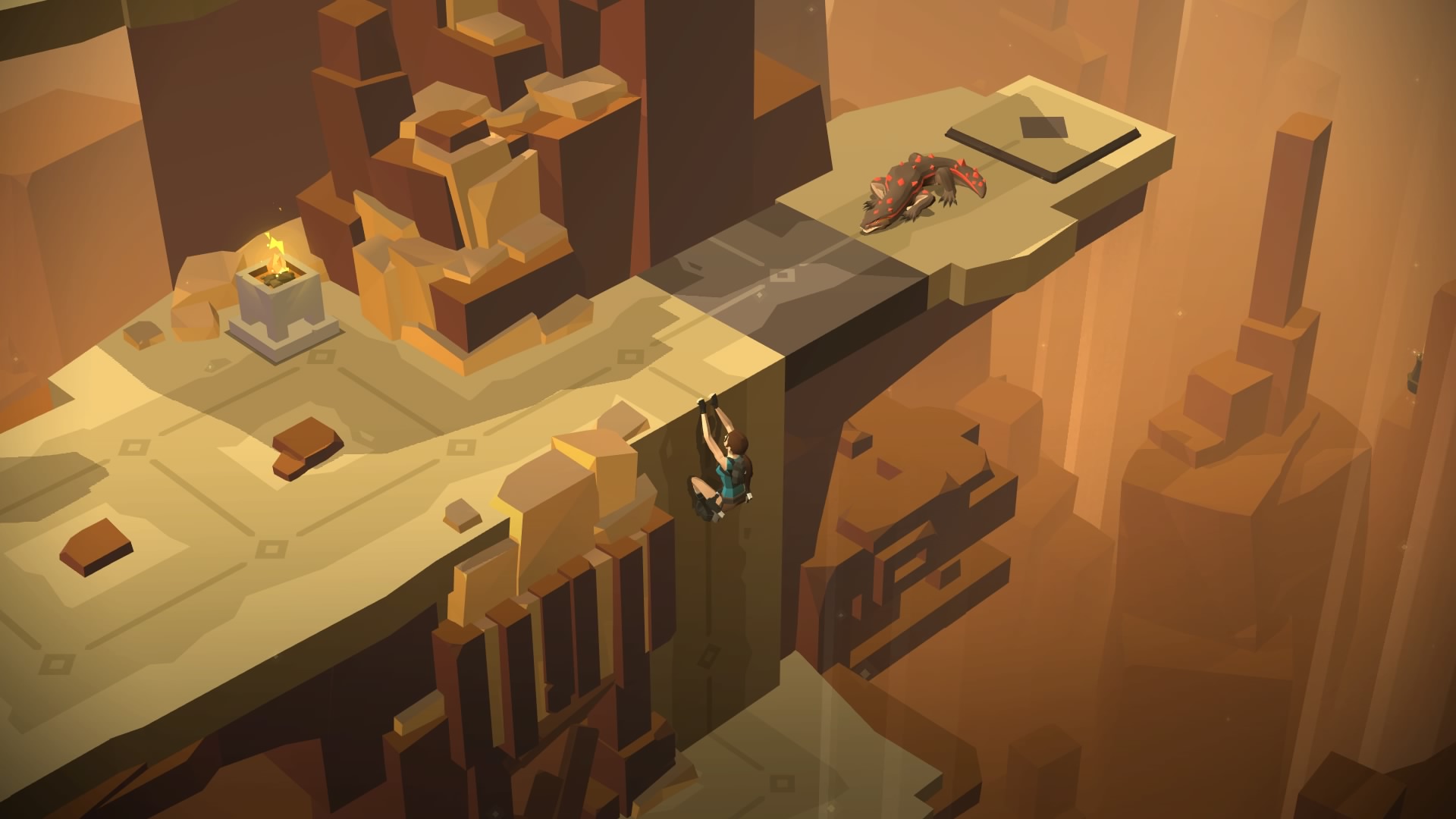
-
Lara Croft GO_20161205224204
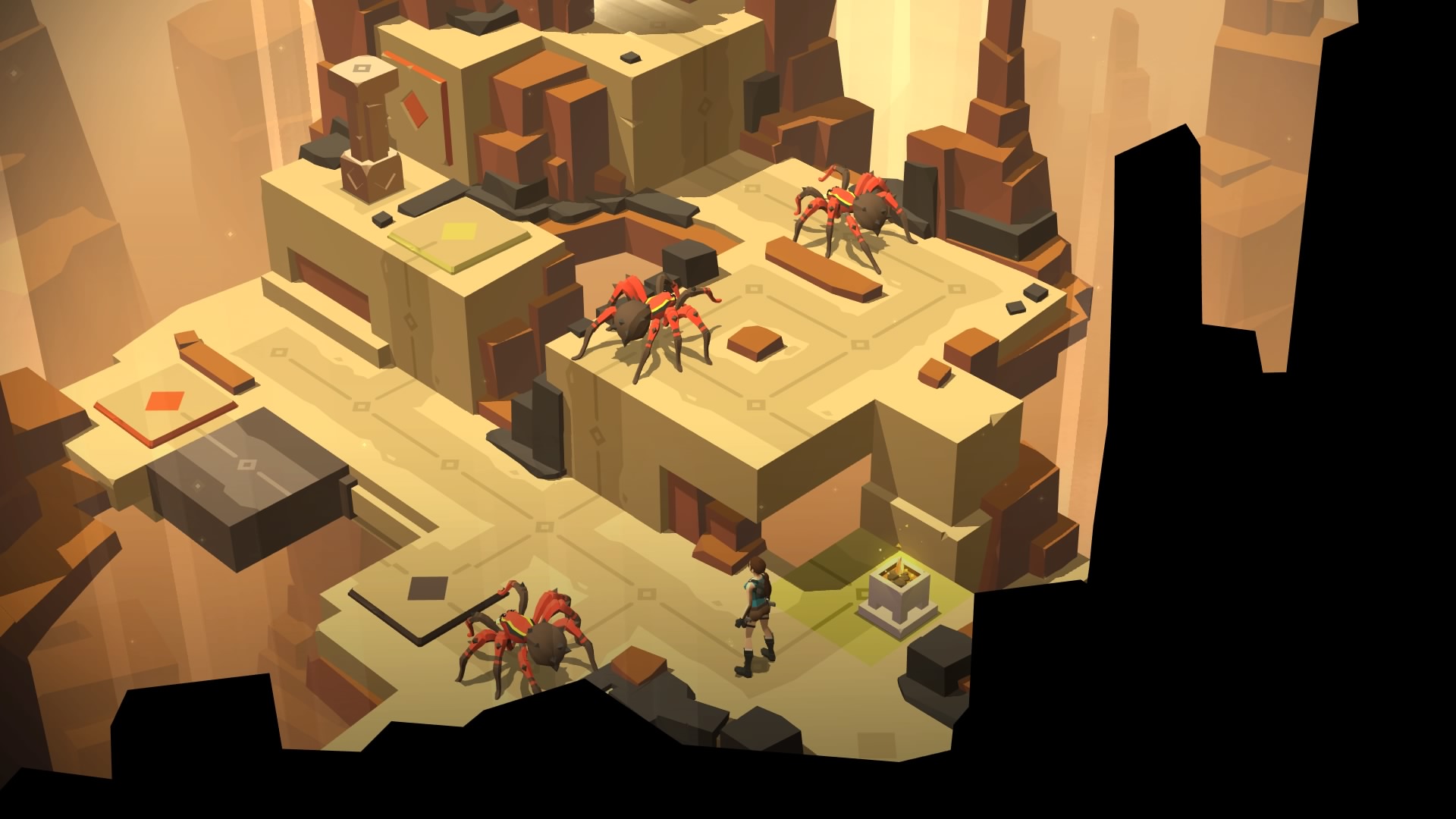
-
Lara Croft GO_20161205225159
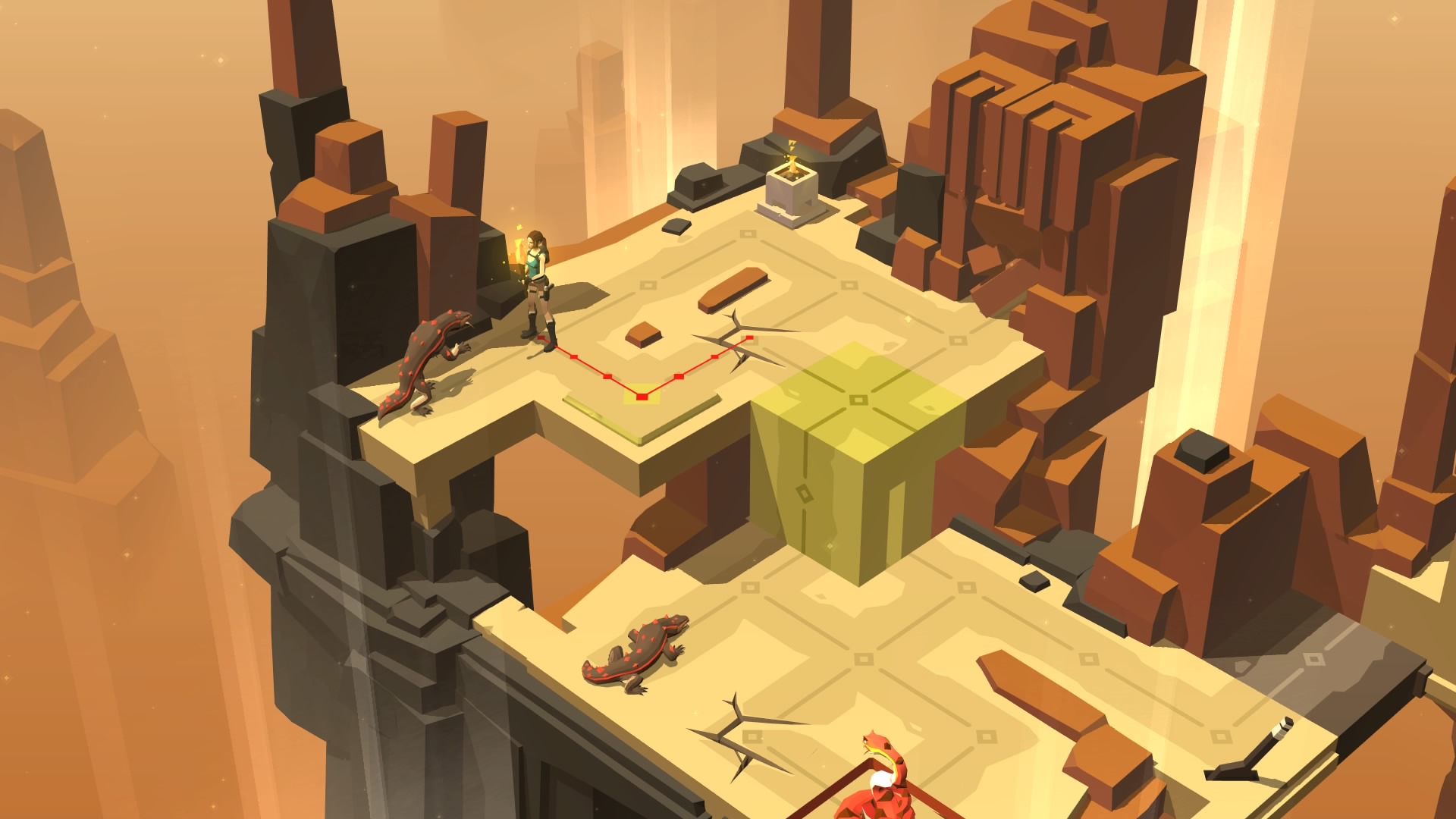
-
Lara Croft GO_20161205231554
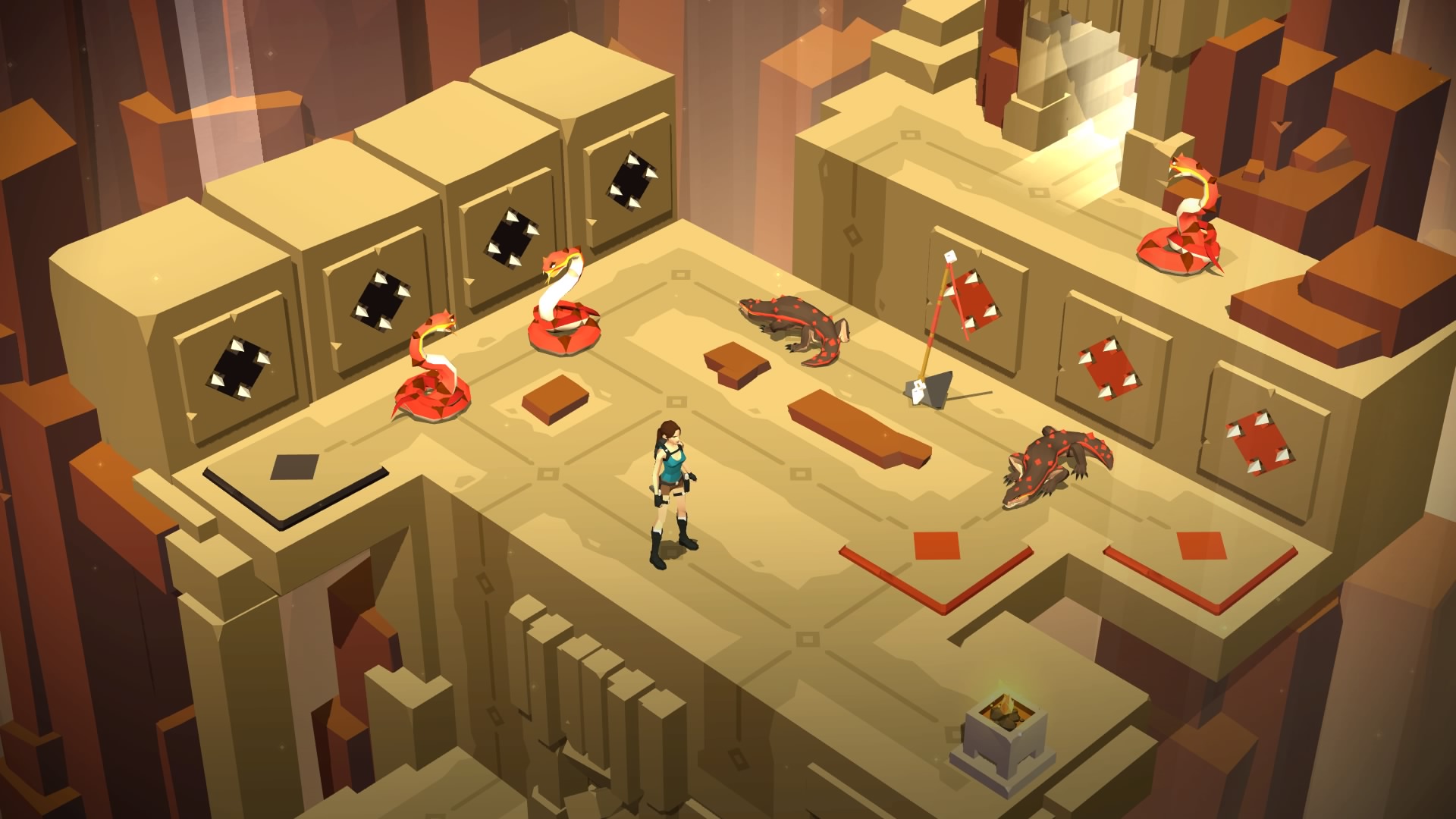
-
Lara Croft GO_20161205232811
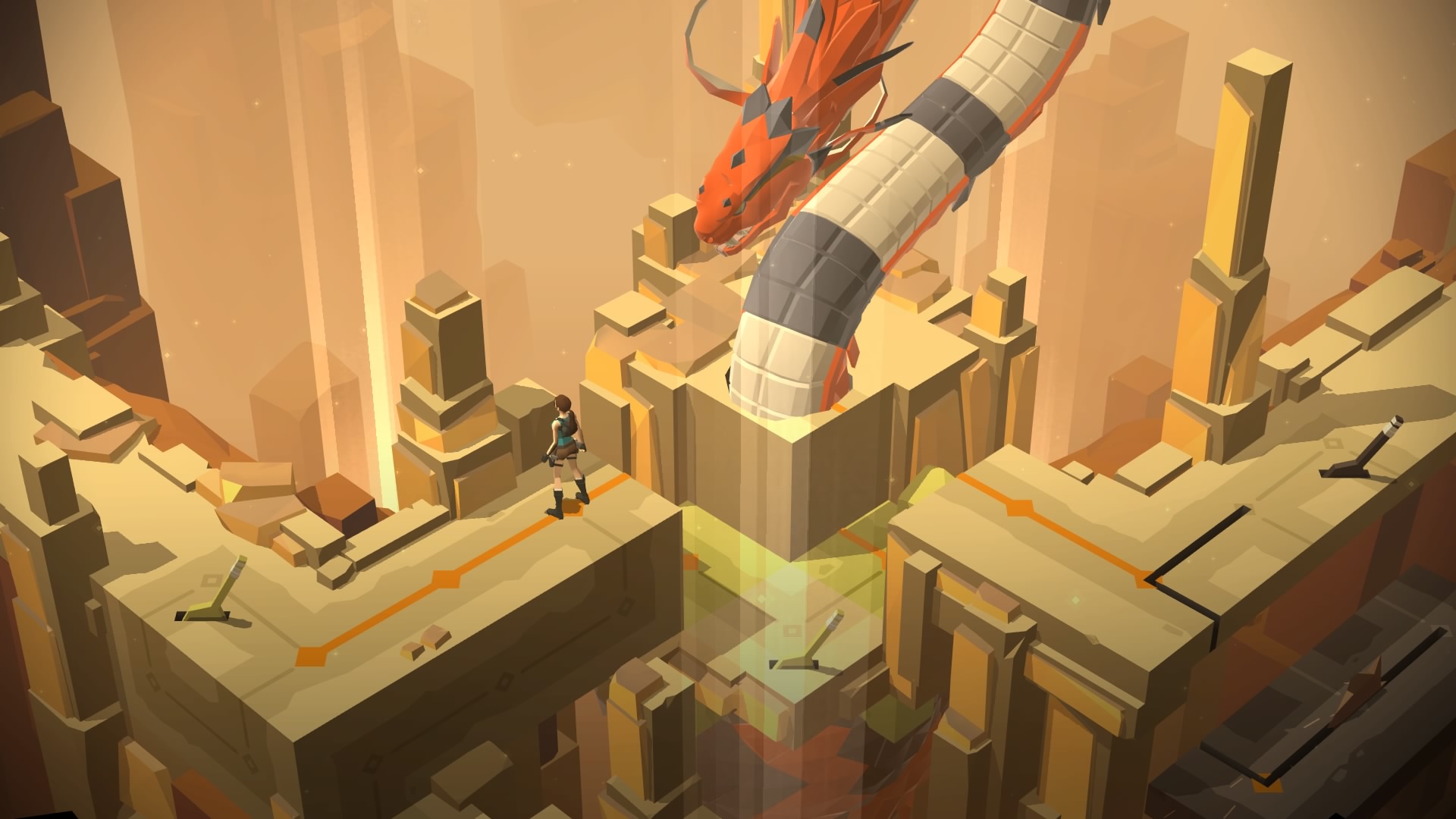
-
Lara Croft GO_20161205232813

-
Lara Croft GO_20161205234500
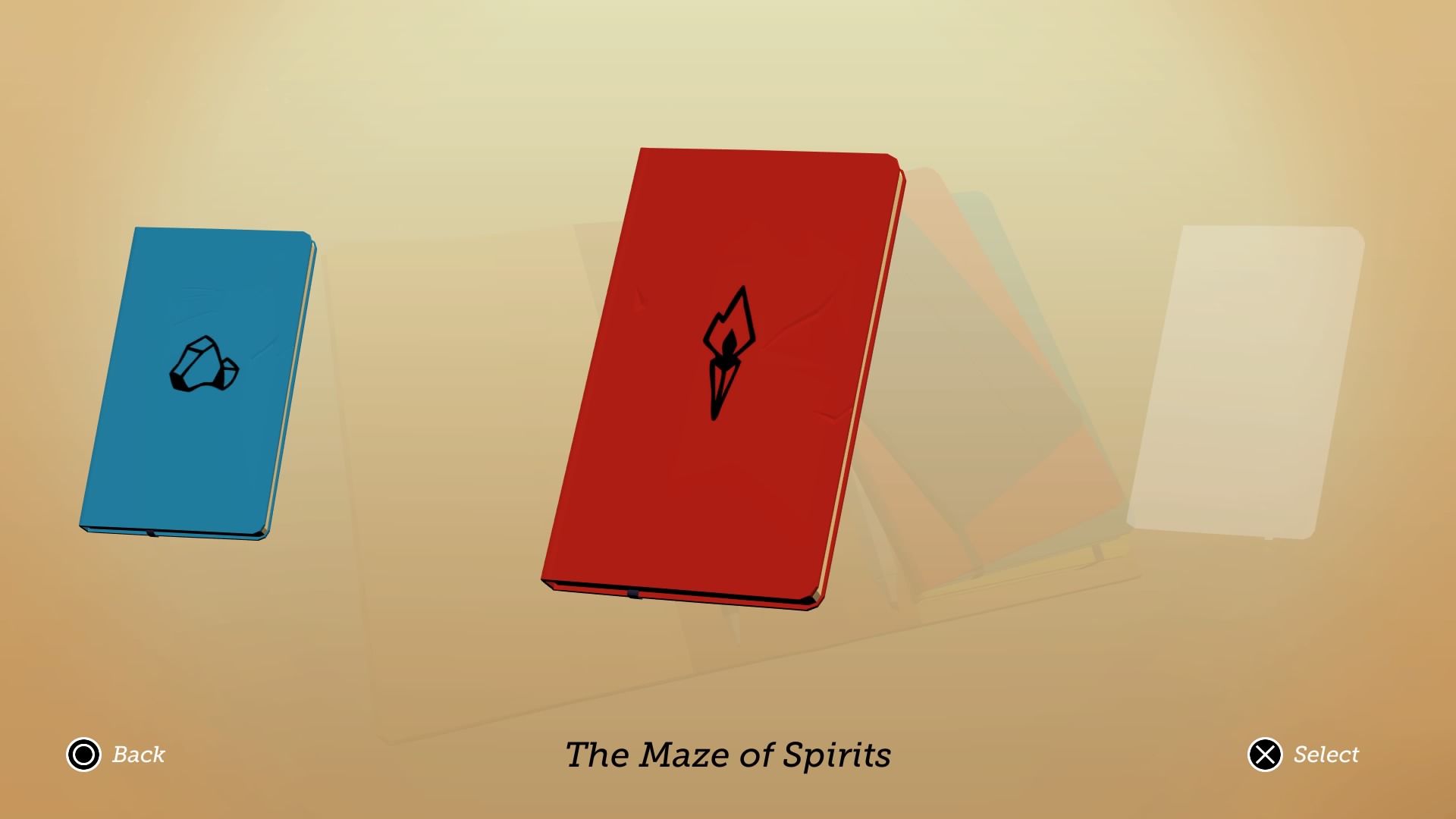
-
Lara Croft GO_20161205234507

-
Lara Croft GO_20161205234548
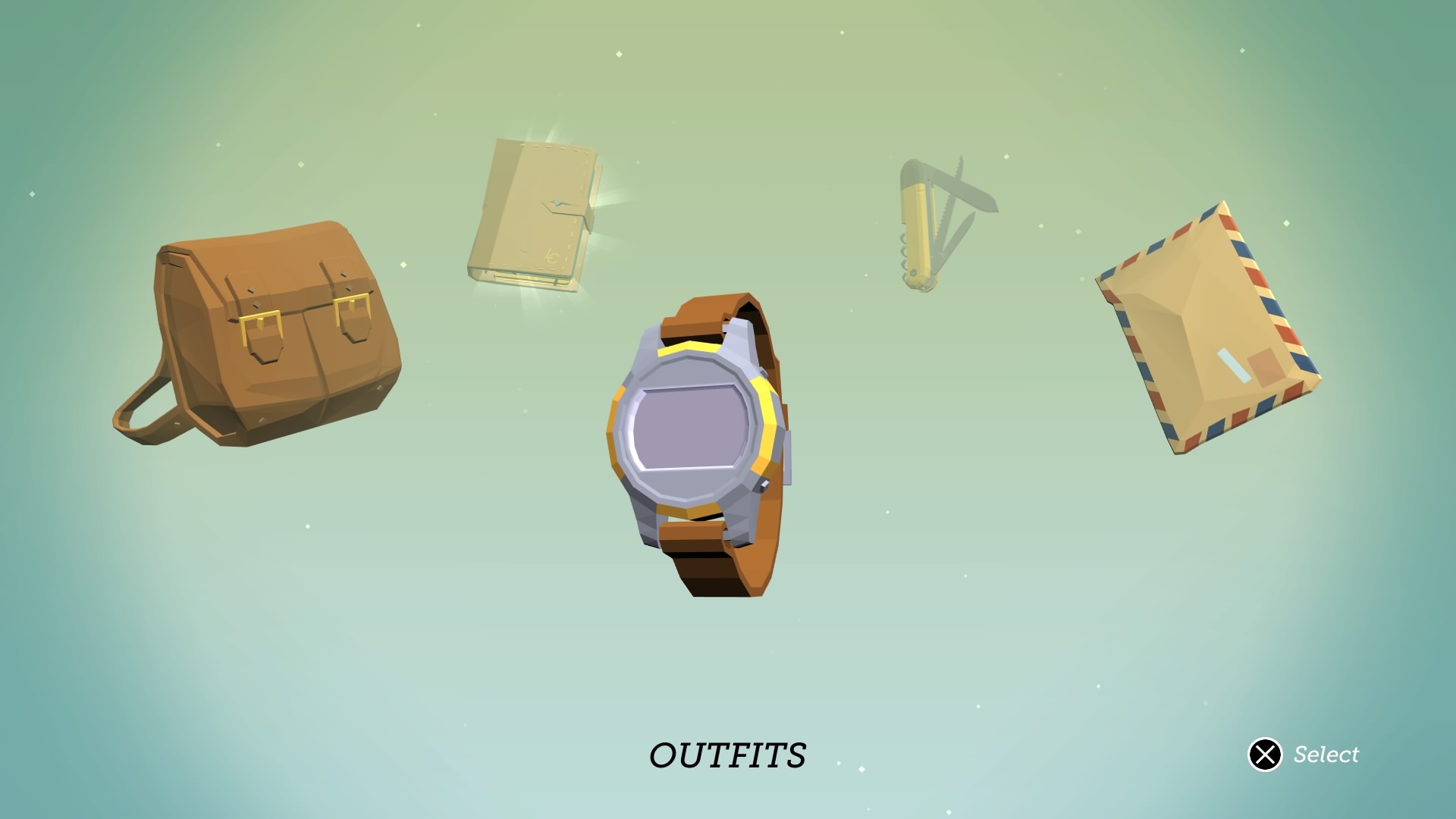
-
Lara Croft GO_20161205234559
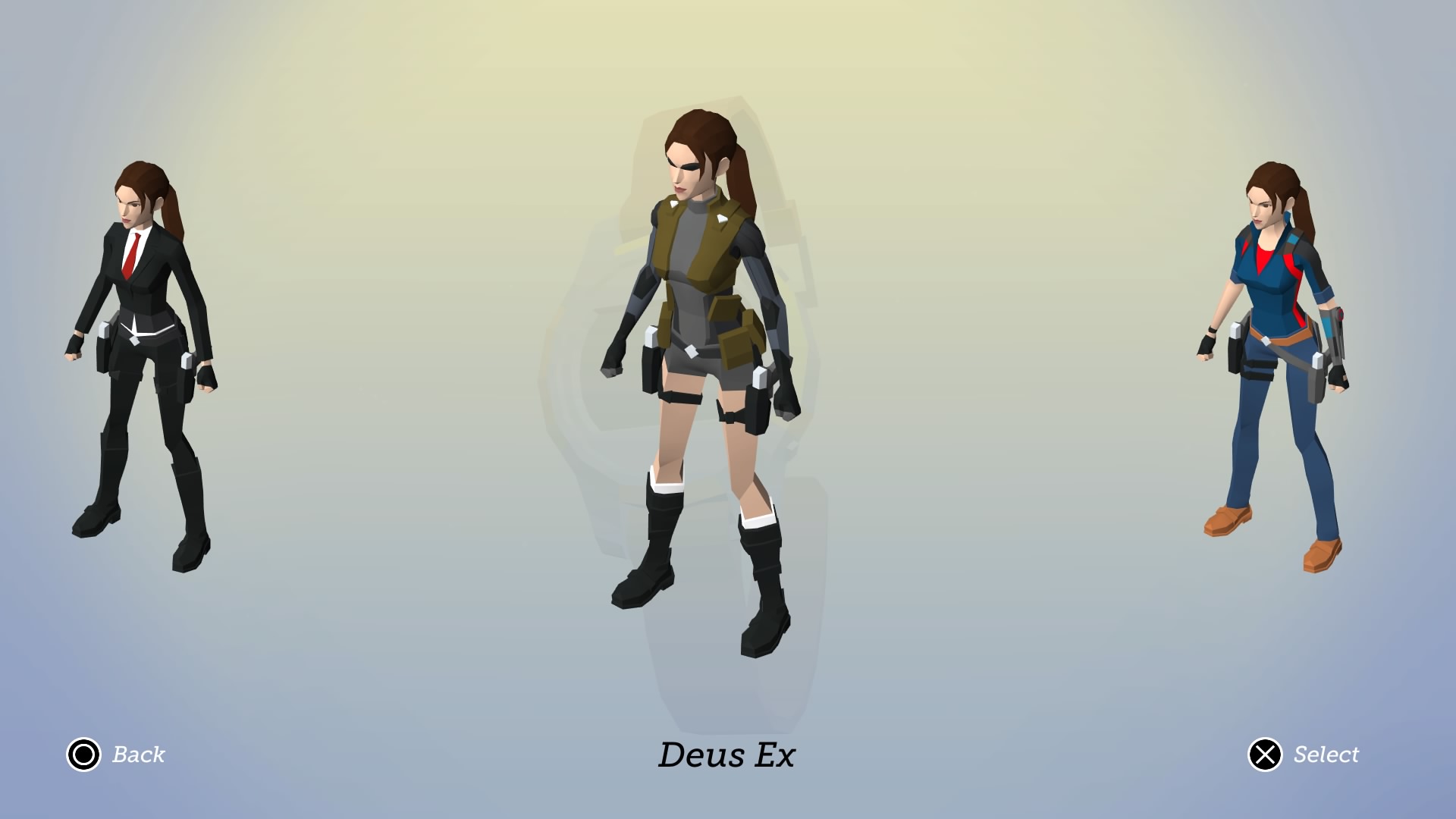
-
Lara Croft GO_20161205234603
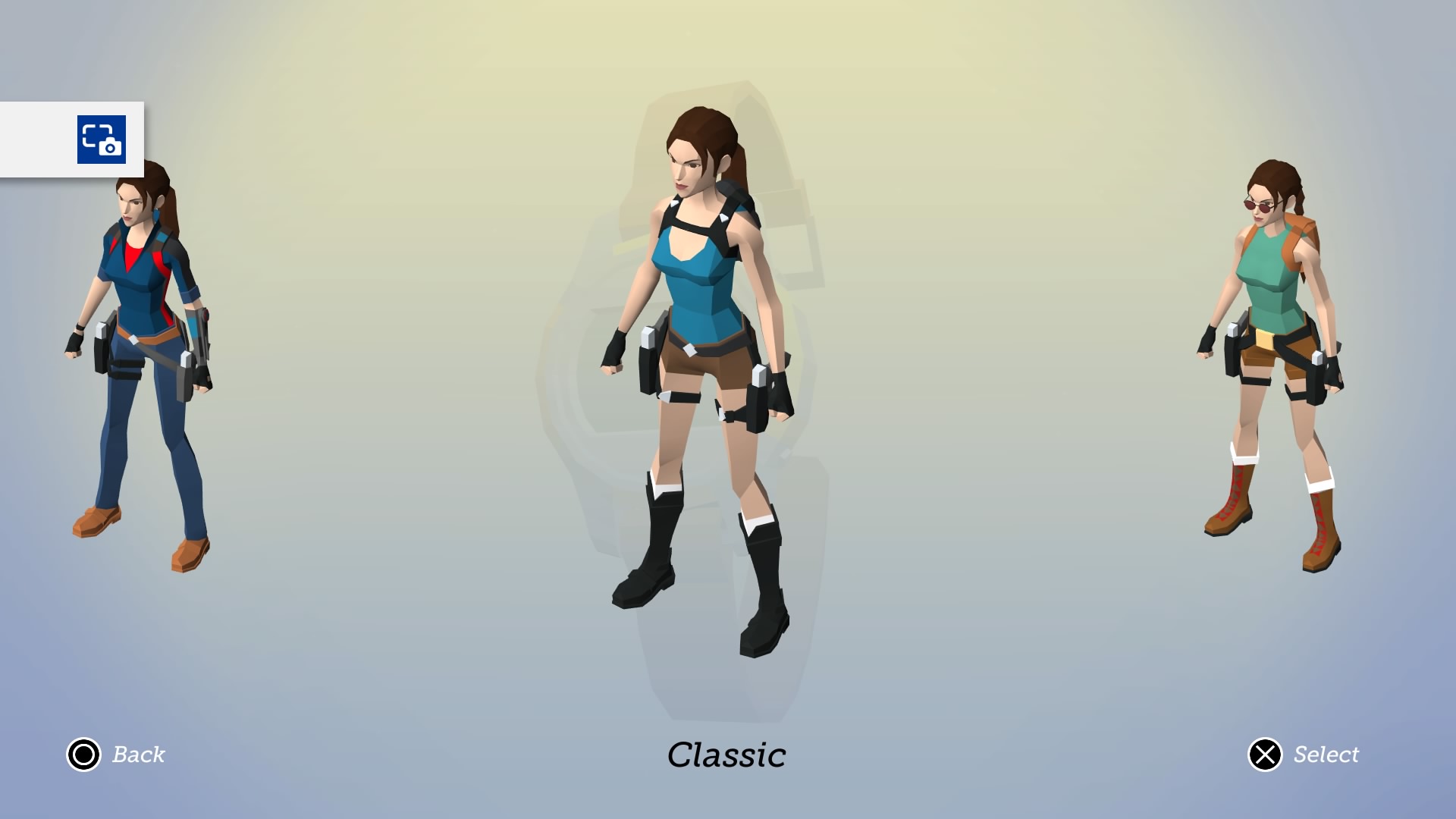
-
Lara Croft GO_20161205234610
